In the home bathroom, the bathroom tub is an indispensable fixture. Whether used for daily cleaning or leisure time, it plays a vital role in enhancing the quality of life. Unfortunately, many people tend to ignore the maintenance and cleaning of the bathroom tub during use. Over time, they will find dirt, scale, and even mould on the surface. This not only affects the appearance, but also affects the user experience.
Maintenance and cleaning may seem simple, but in fact, they involve specific methods, tools, frequency, and other aspects. If the process is improper, not only will the cleaning purpose not be achieved, but it may cause irreversible damage to the bathroom tub. Therefore, mastering the correct care strategy is crucial to improving the bathroom hygiene environment and extending the service life of the bathroom tub.
Next, we will provide a series of effective, practical and sustainable bathroom tub maintenance and cleaning suggestions around common problems in daily use.
1. Regular cleaning is the basis
The bathroom tub is exposed to skin oil, bath products, hair, dust and water stains every day. If these residues are not cleaned promptly, they are prone to forming stubborn dirt and even mould. It is recommended to make "deep cleaning once a week" a basic habit. After daily use, rinse and dry it to prevent water stains from forming.
The frequency recommendations for cleaning are as follows:
Daily cleaning: rinse with warm water and wipe with a dry cloth after each use;
Weekly deep cleaning: remove scale, soap scum and corners;
Monthly maintenance: thoroughly check the drain holes, sealing strips and edges for dirt.

2. Choose a cleaning plan based on the material
Different bathroom tub materials have different tolerances for detergents and tools. Although some natural cleaning methods are gentle, they are ineffective for specific stains, while strong detergents on the market may corrode the material. Therefore, understanding the material of your bathroom tub is the first step to proper cleaning.
The following table shows common bathroom tub materials and recommended cleaning methods:
|
Material Type |
Recommended Cleaners |
Prohibited Tools |
Suggested Maintenance Approach |
|
Acrylic |
Mild neutral soap or dedicated cleaner |
Steel wool, steel brushes |
Avoid high temperatures and direct sunlight |
|
Enamel |
Neutral or low-acid cleaners |
Metal brushes, bleach |
Prevent impact and keep surface dry |
|
Ceramic/Tile |
Antibacterial spray cleaners |
Scraping or abrasive tools |
Clean grout lines and ensure good ventilation |
3. Cleaning order: soft first, hard later, partition treatment
Many people pursue a "fast and effective" approach when cleaning the bathroom tub, but overlook the correct order and method. The recommended process is as follows:
² Rinse with warm water first: soften surface stains and residues;
² Apply cleaning agent: choose an appropriate cleaning liquid to spray or apply evenly.
² Stand for 5~10 minutes: let the cleaning agent penetrate the dirt.
² Wipe with a soft brush or cloth: focus on the corners and water stains;
² Rinse thoroughly with clean water;
² Wipe dry with a dry cloth to prevent residual water stains from forming scale.
For stubborn stains, you can use a natural combination of white vinegar and baking soda, which is environmentally friendly and effective, but avoid using it on acrylic materials.
4. Strategies for common problems
Yellow stains or scale accumulation: Mix equal amounts of white vinegar and water, spray and wipe with a soft cloth.
Mould: Spray diluted chlorine bleach on the mould and rinse after 10 minutes.
Greasy feeling: It is usually the residue of a mixture of soap and grease, which can be treated with citric acid solution and a sponge.
Drain odour: Use baking soda + hot water to rinse and keep the drain pipe unobstructed.
5. Keeping dry and ventilated is the key to mould prevention
Many mould problems are not caused by inadequate cleaning, but by moisture retention. If the area near the bathroom tub, especially the lower edge and corners, is damp for a long time, mould spots are likely to appear. To prevent:
Keep the space dry and turn on the exhaust fan after use.
It is recommended to use anti-mould strips instead of ordinary sealants.
Wipe the inner wall of the bathroom tub dry after each bath.
Do not pile moisture-absorbing items on the edge of the bathroom tub.
6. Cleaning tools: Don't underestimate the details
Different tools have a significant impact on the cleaning effect. Common recommendations include:
Microfiber cloth: does not damage the surface, suitable for daily wiping.
Soft brush: suitable for corners and tile gaps;
Spraying pot: dilute the detergent and spray evenly.
Scraper: used to remove watermarks quickly.
Avoid using steel wool or rough brushes, especially on acrylic or enamel surfaces.
Conclusion
The bathroom tub not only serves as a daily cleaning function, but is also a private space for many people to relax. A clean, bright, and odour-free bathroom tub not only enhances the quality of home life but also reflects the owner's attention to detail. On the contrary, if cleaning and maintenance are neglected for a long time, it will not only affect the visual beauty, but stains and mould may even endanger the health of family members. Keeping the bathroom tub clean does not require "spring cleaning" every day. The key lies in mastering scientific methods, establishing a regular maintenance mechanism, and choosing cleaning products suitable for the material.
With the advancement of home concepts, more and more families are starting to prioritise the sustainability and comfort of their living spaces. Bathroom tub cleaning is no longer just a superficial effort, but a reflection of the quality of life. Choosing the right tools and developing good habits can keep the bathroom tub in a like-new state all year round, which not only saves the cost of subsequent renovation and maintenance but also makes every bath an absolute enjoyment. Taking the "little thing" of cleaning seriously may be the starting point of a high-quality life.

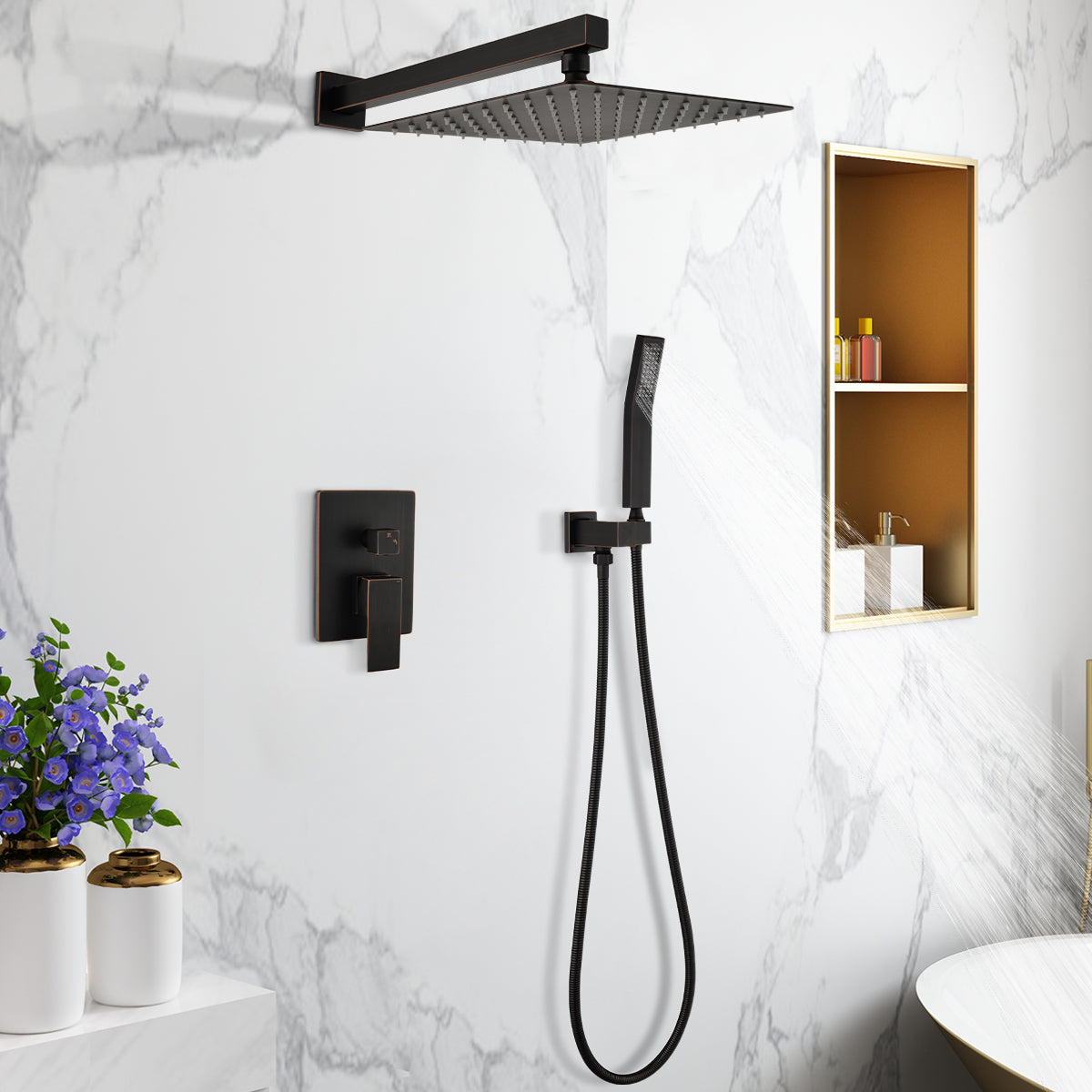
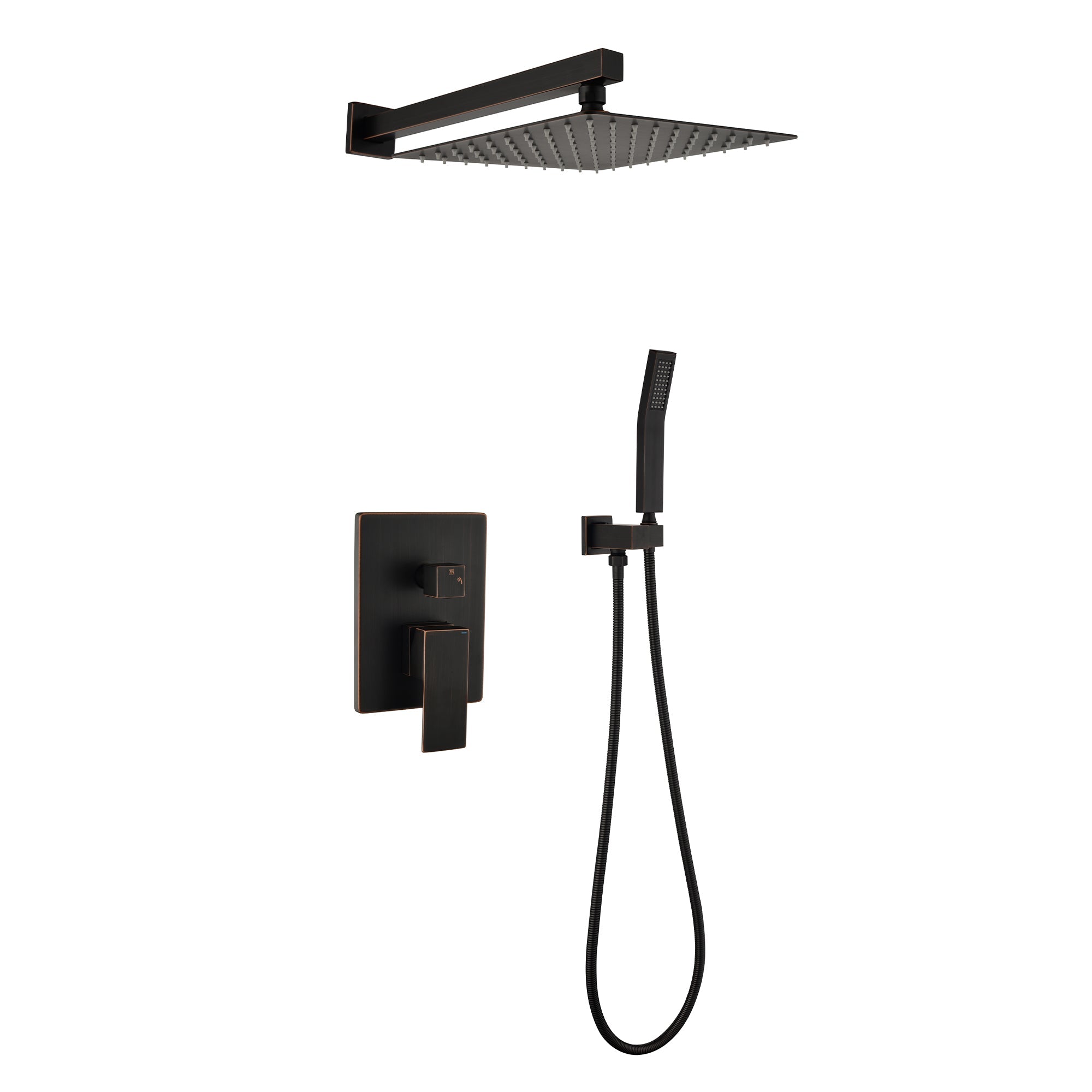


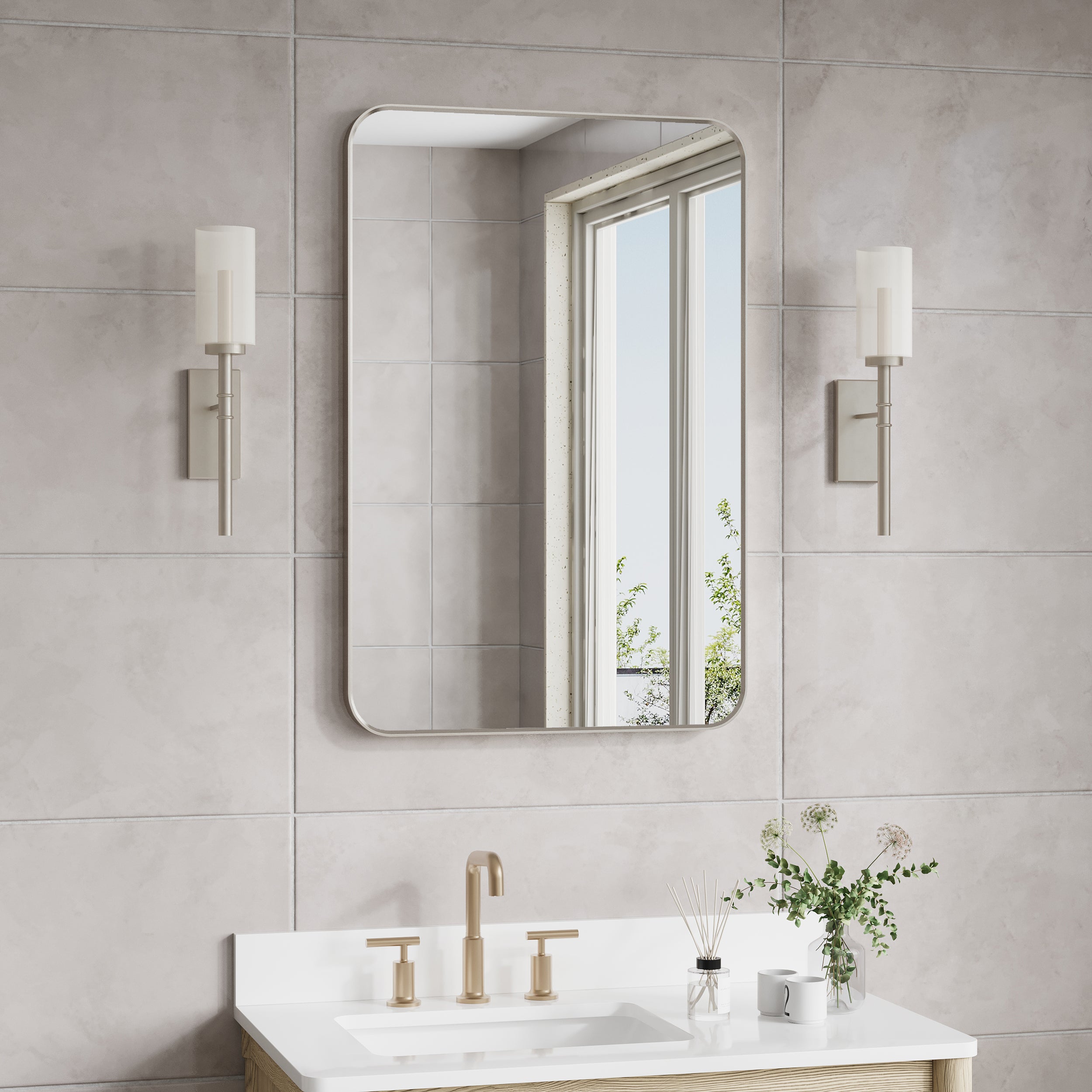
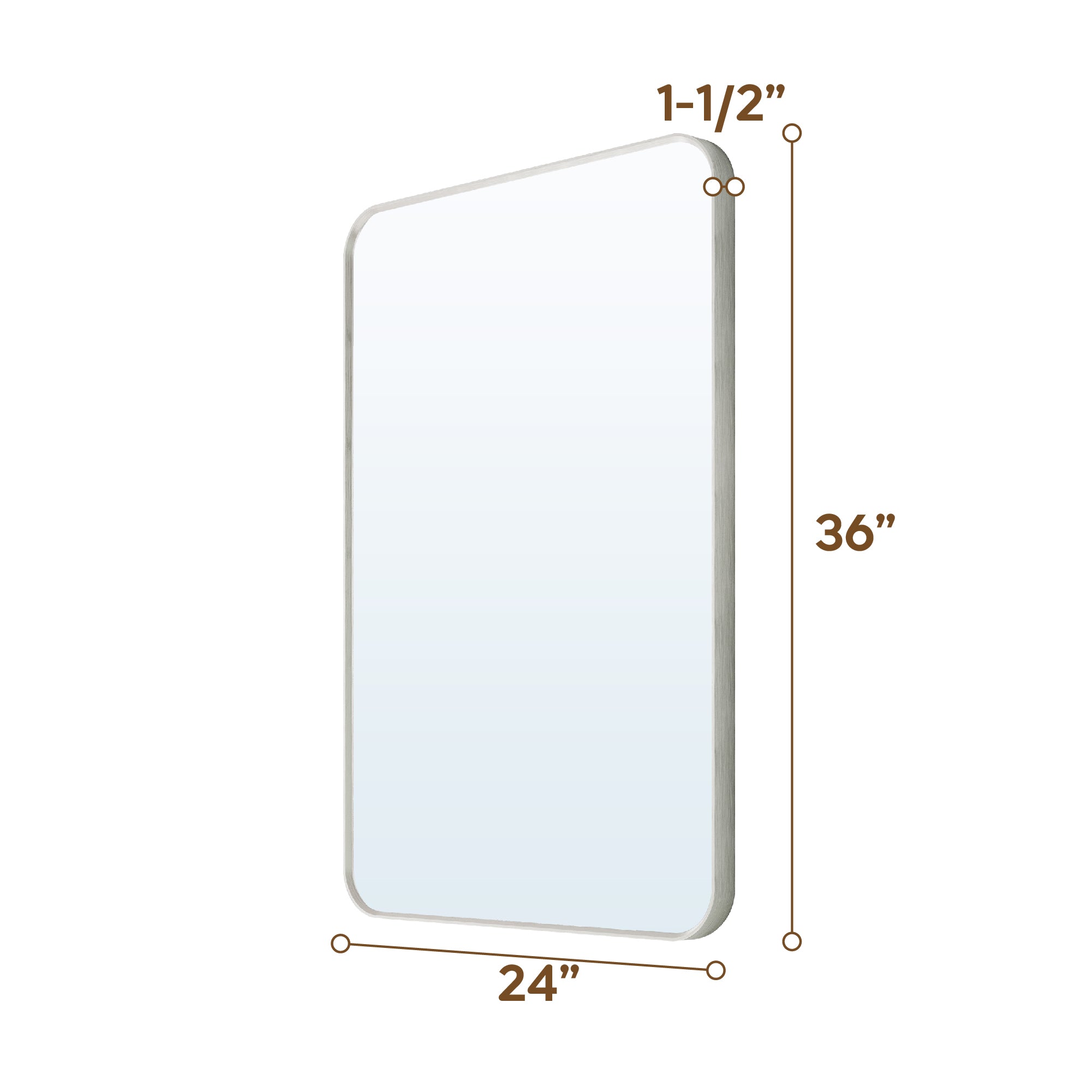


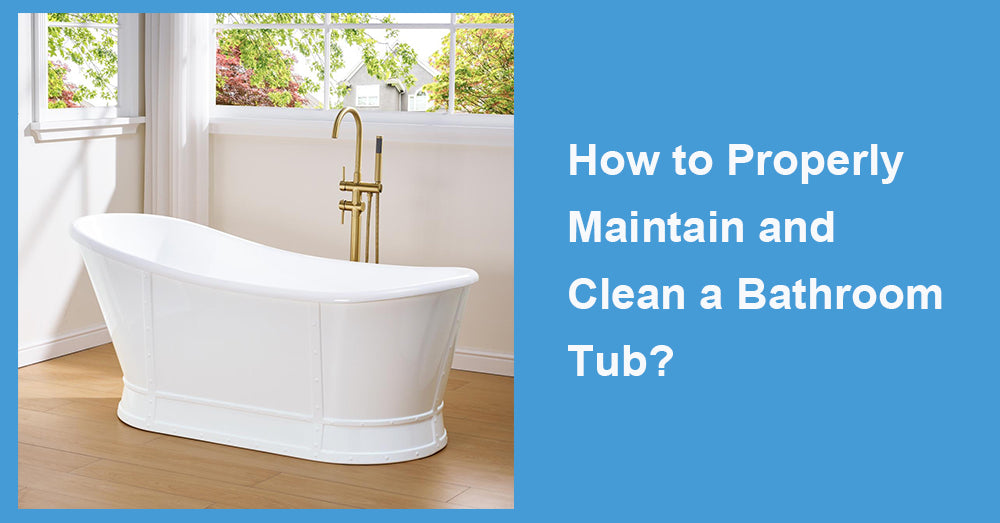


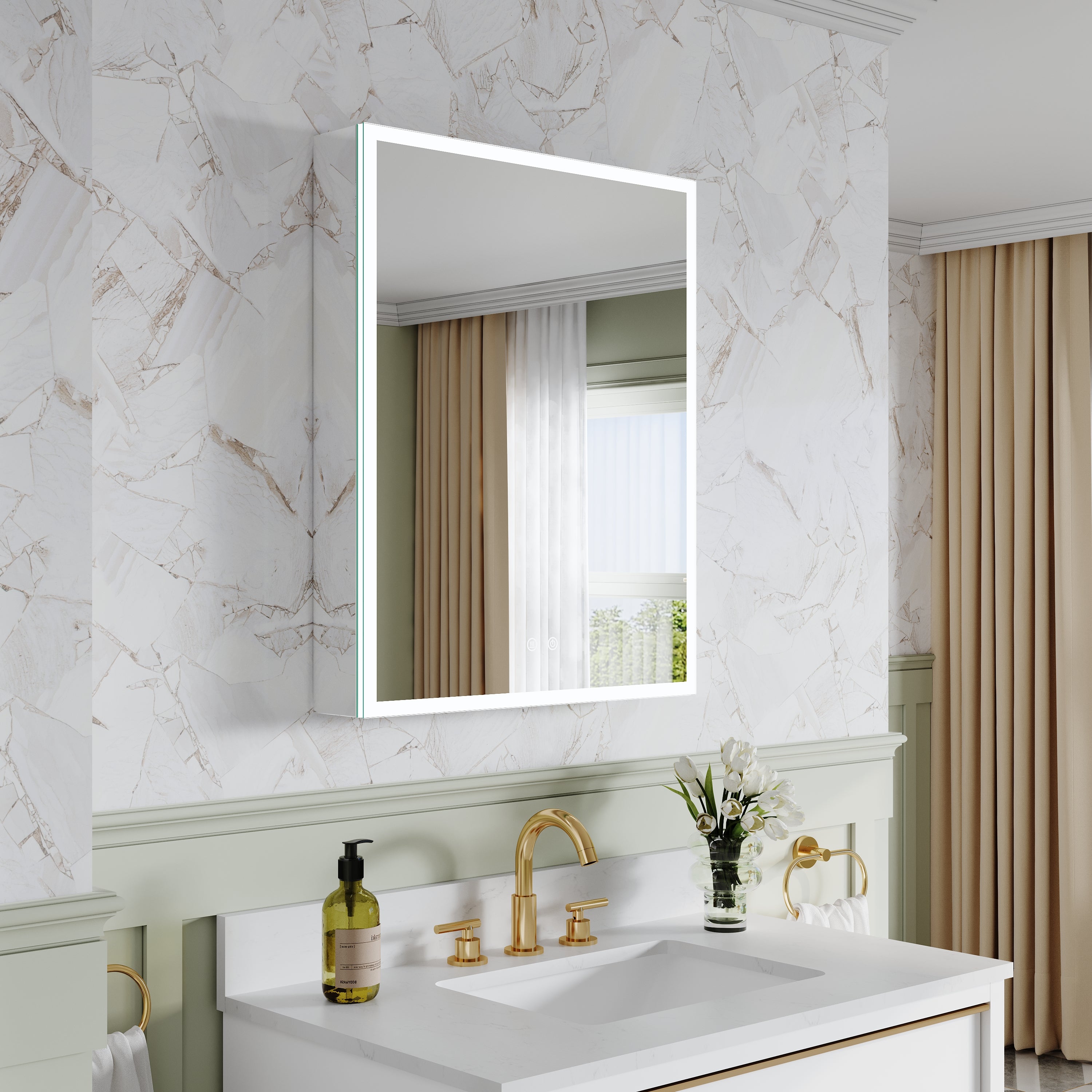
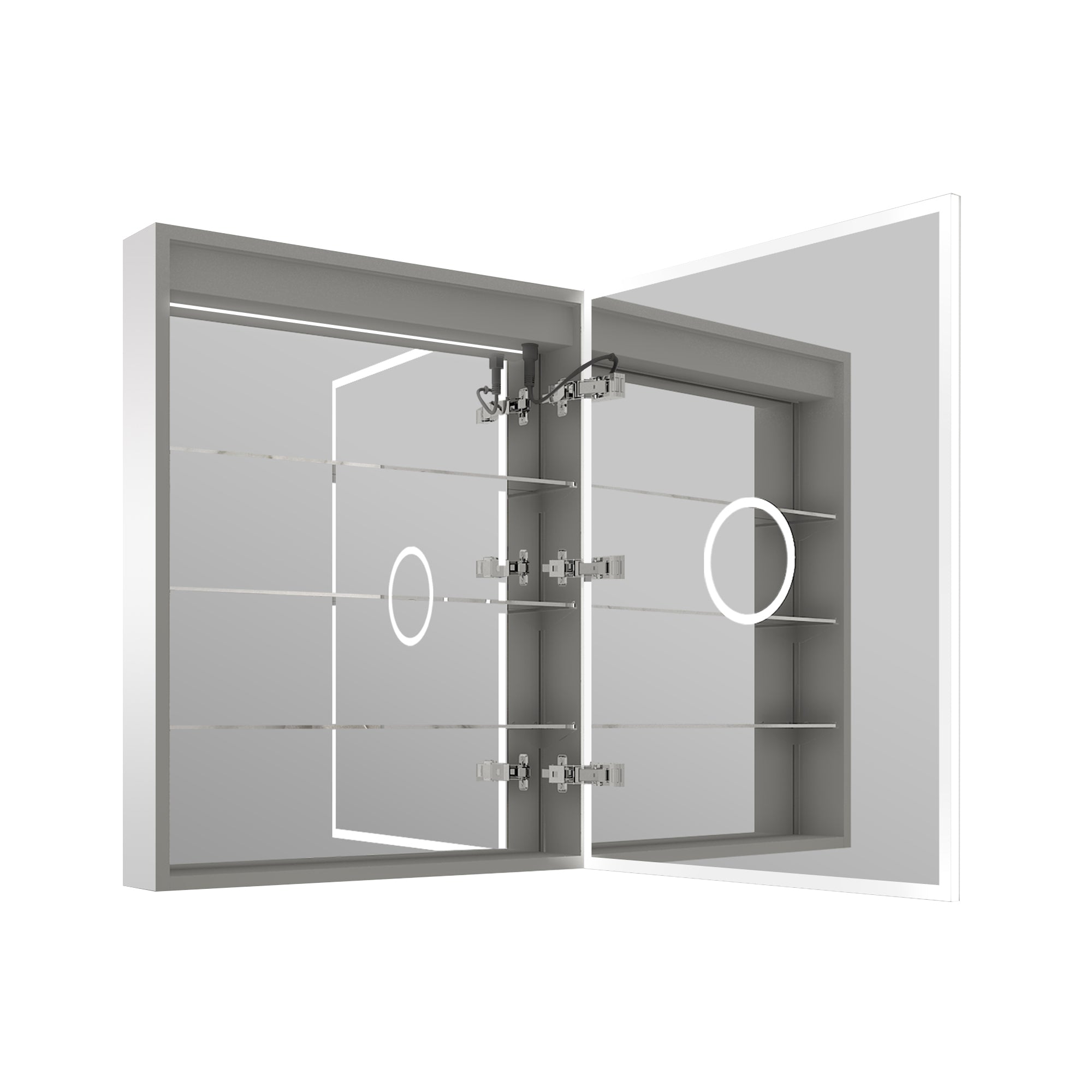
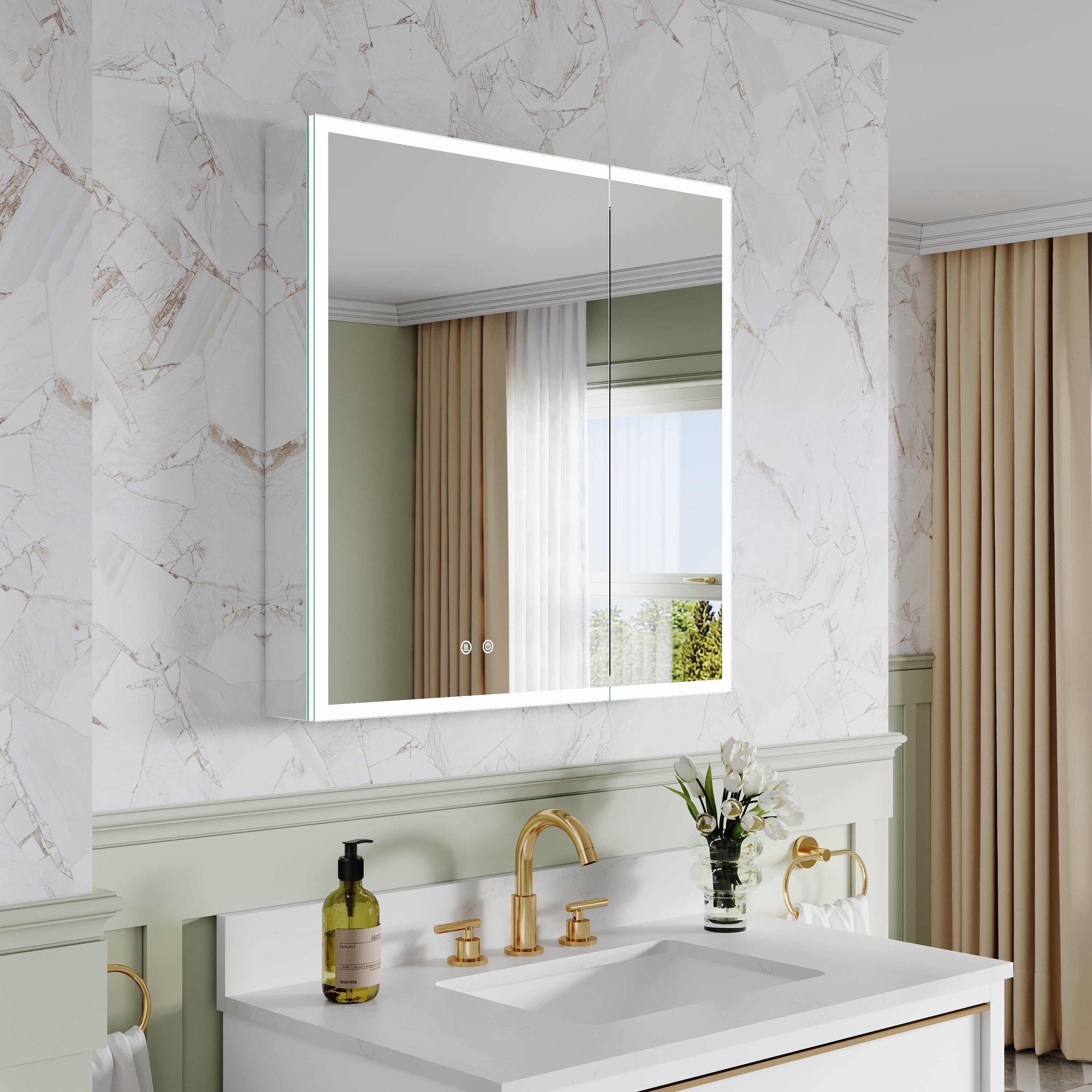
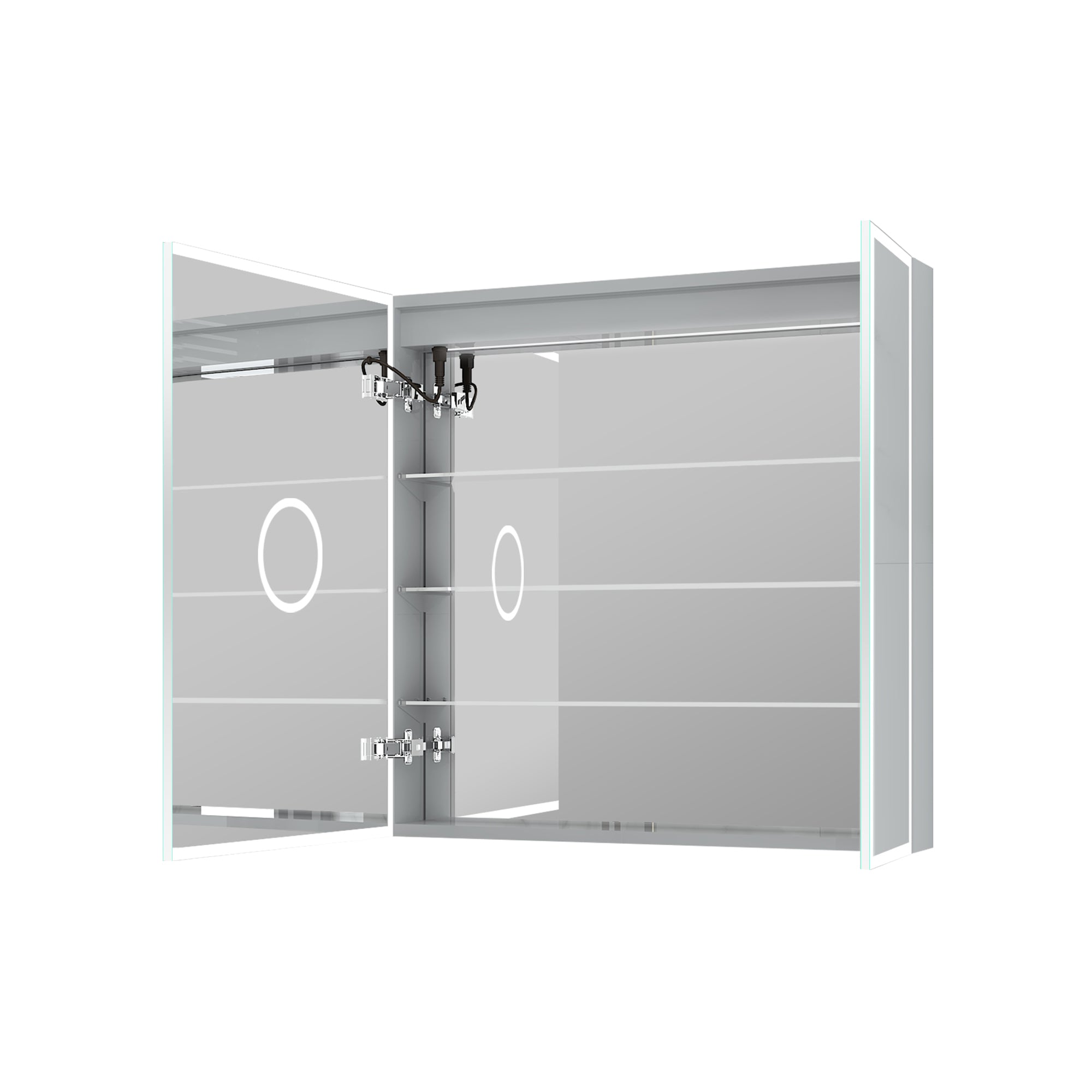
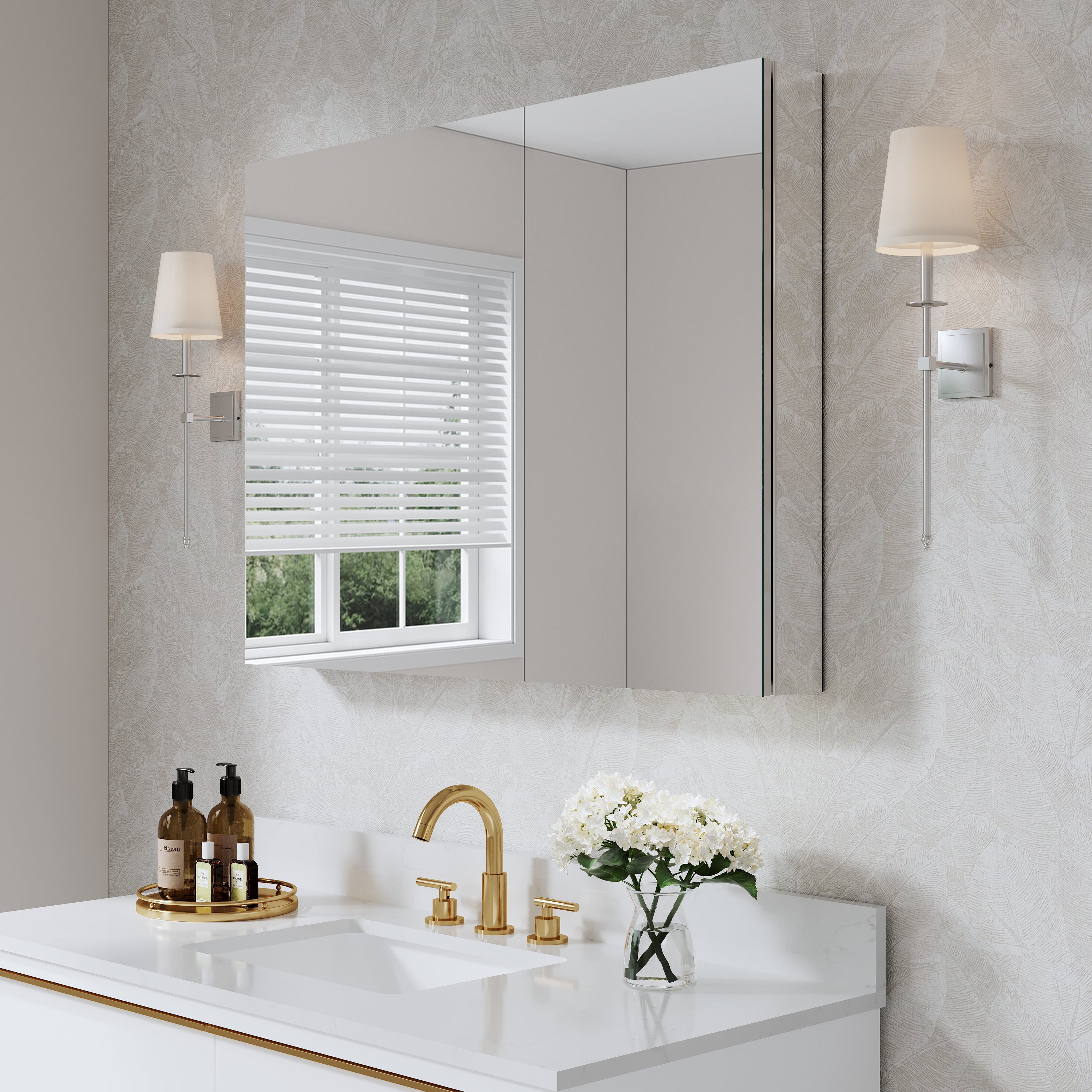

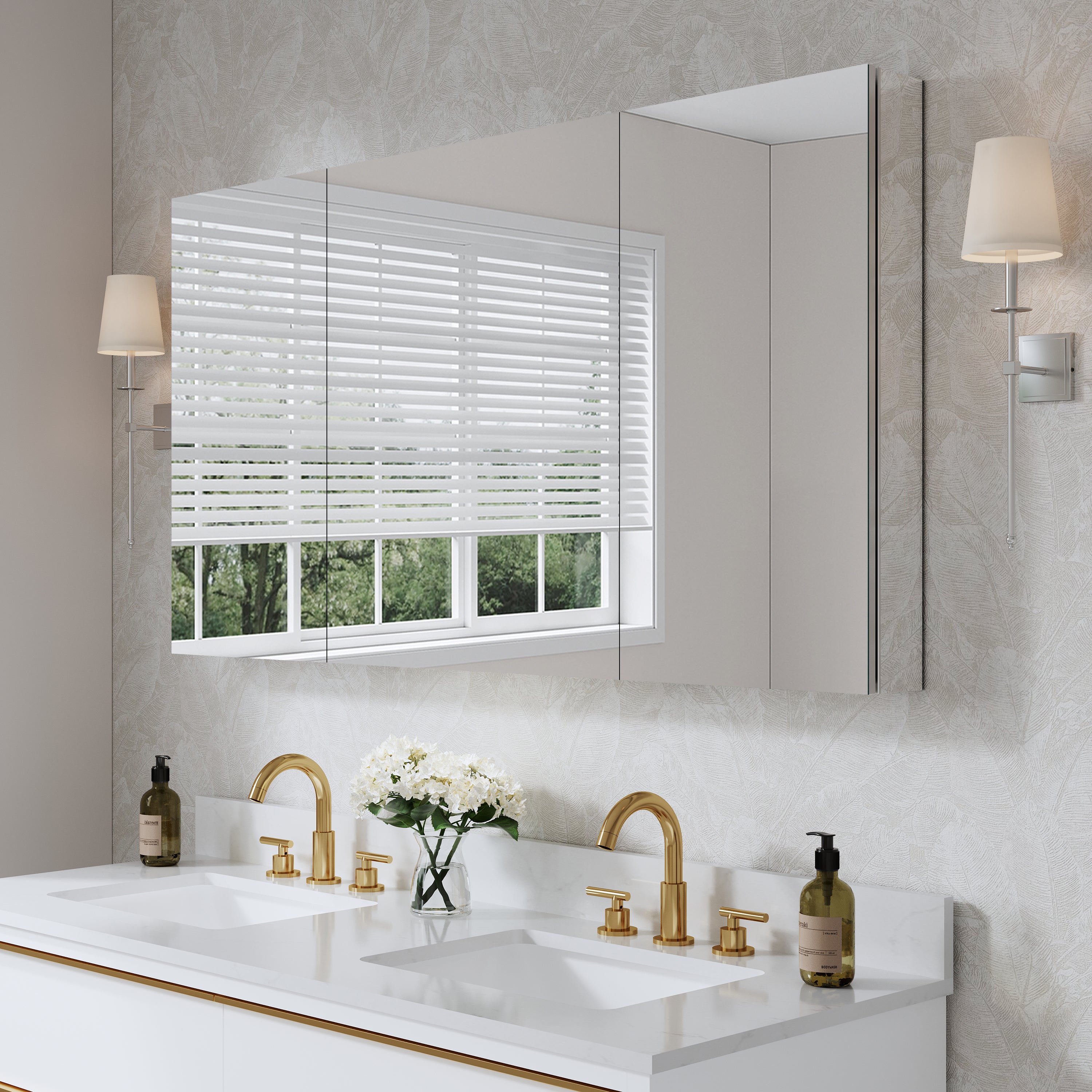

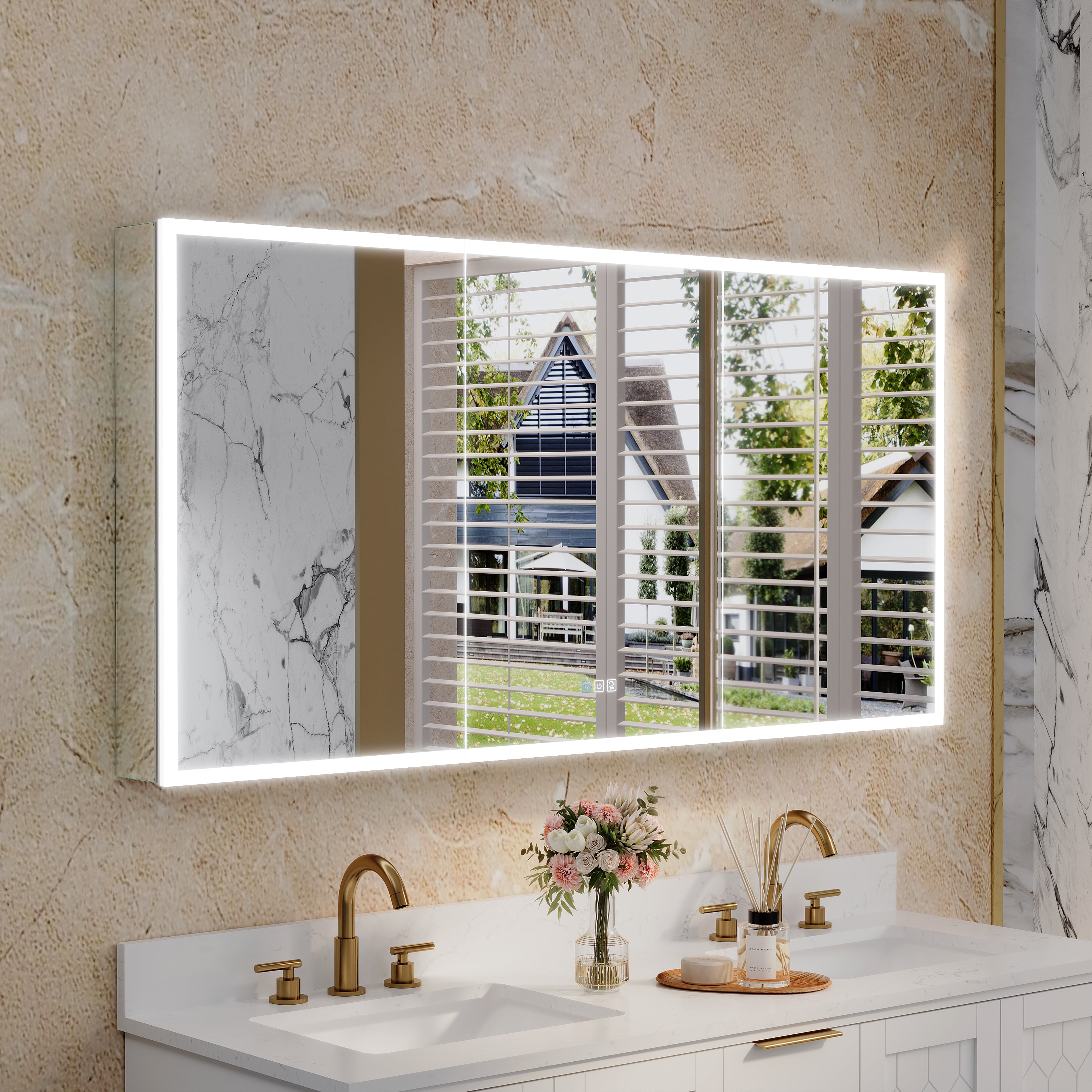

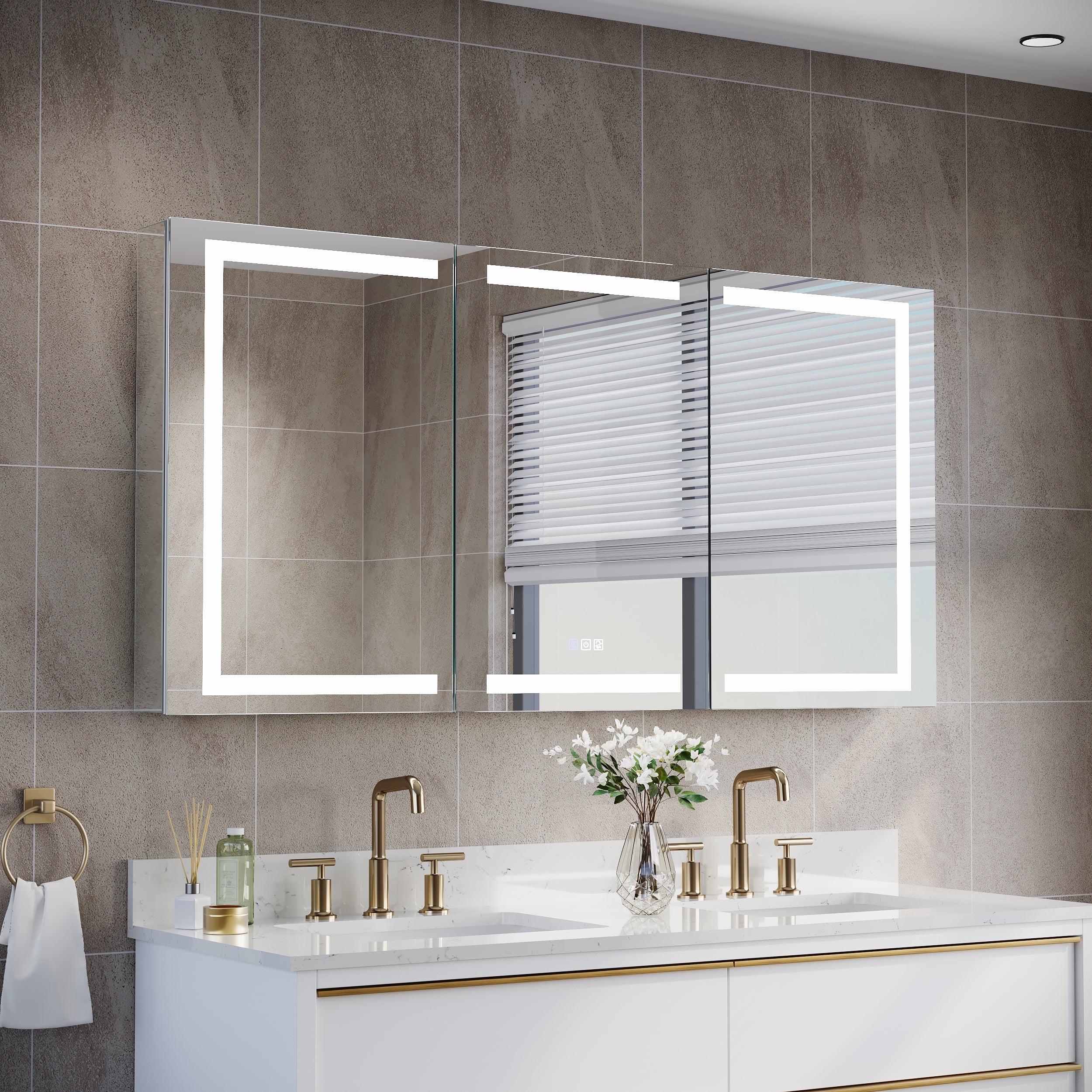


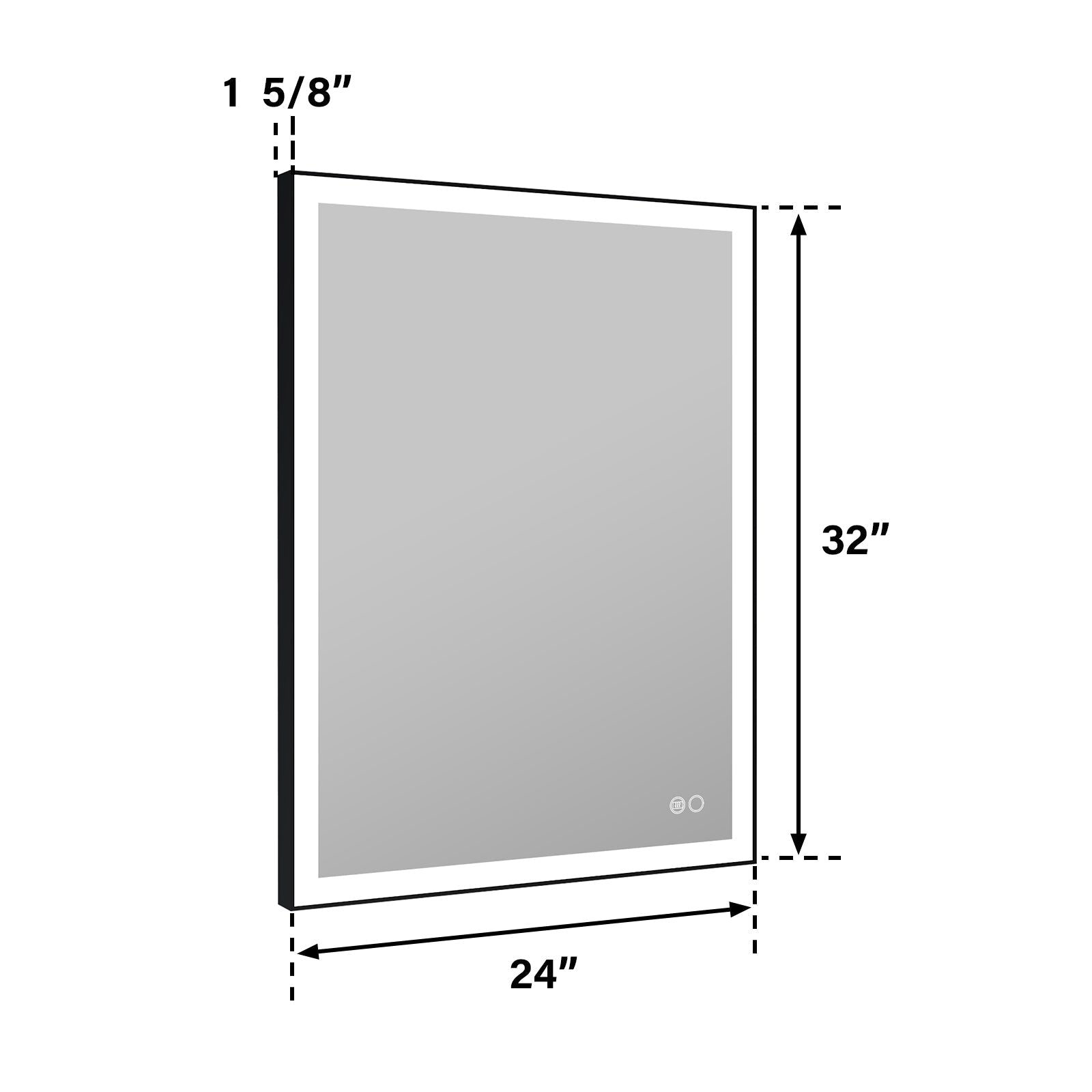
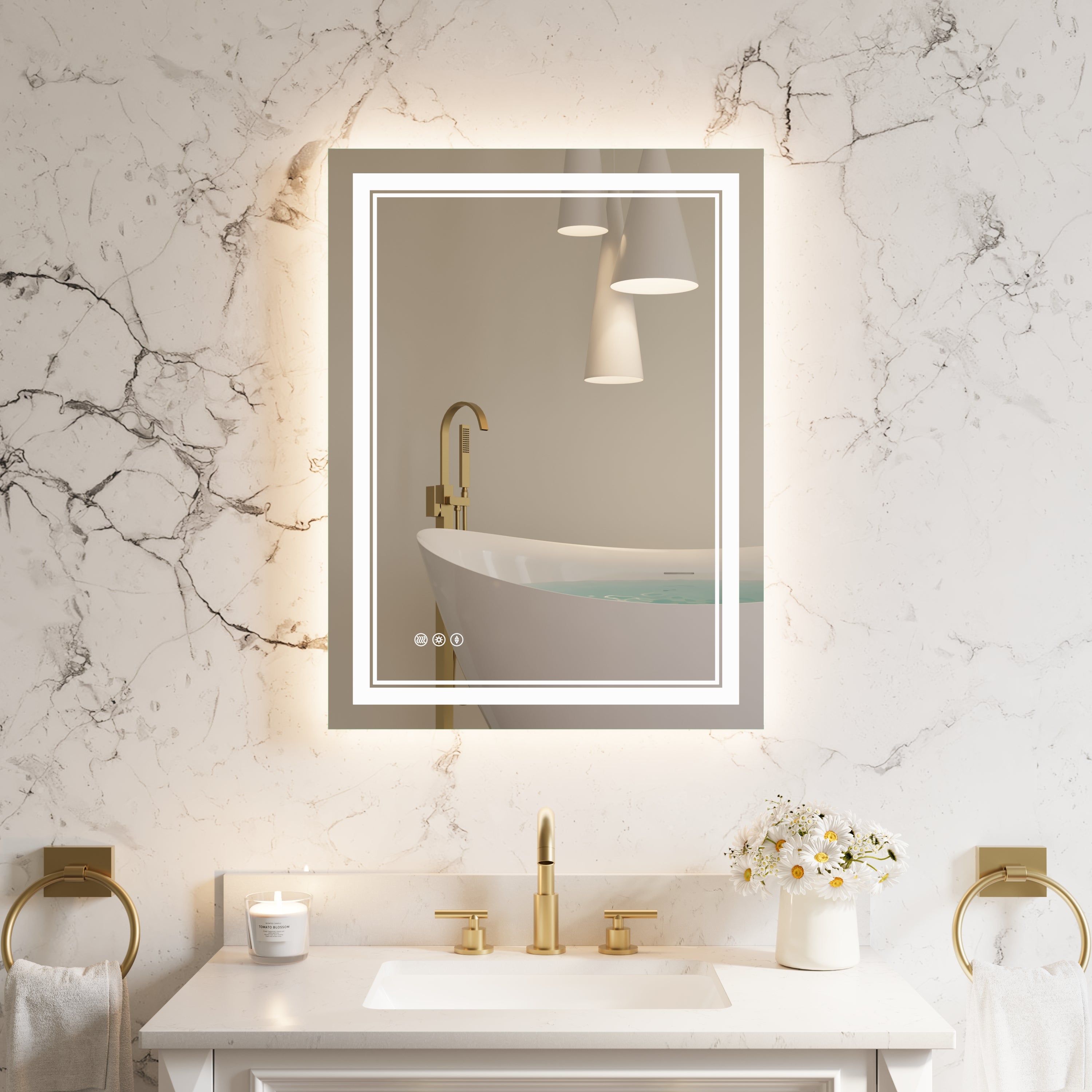
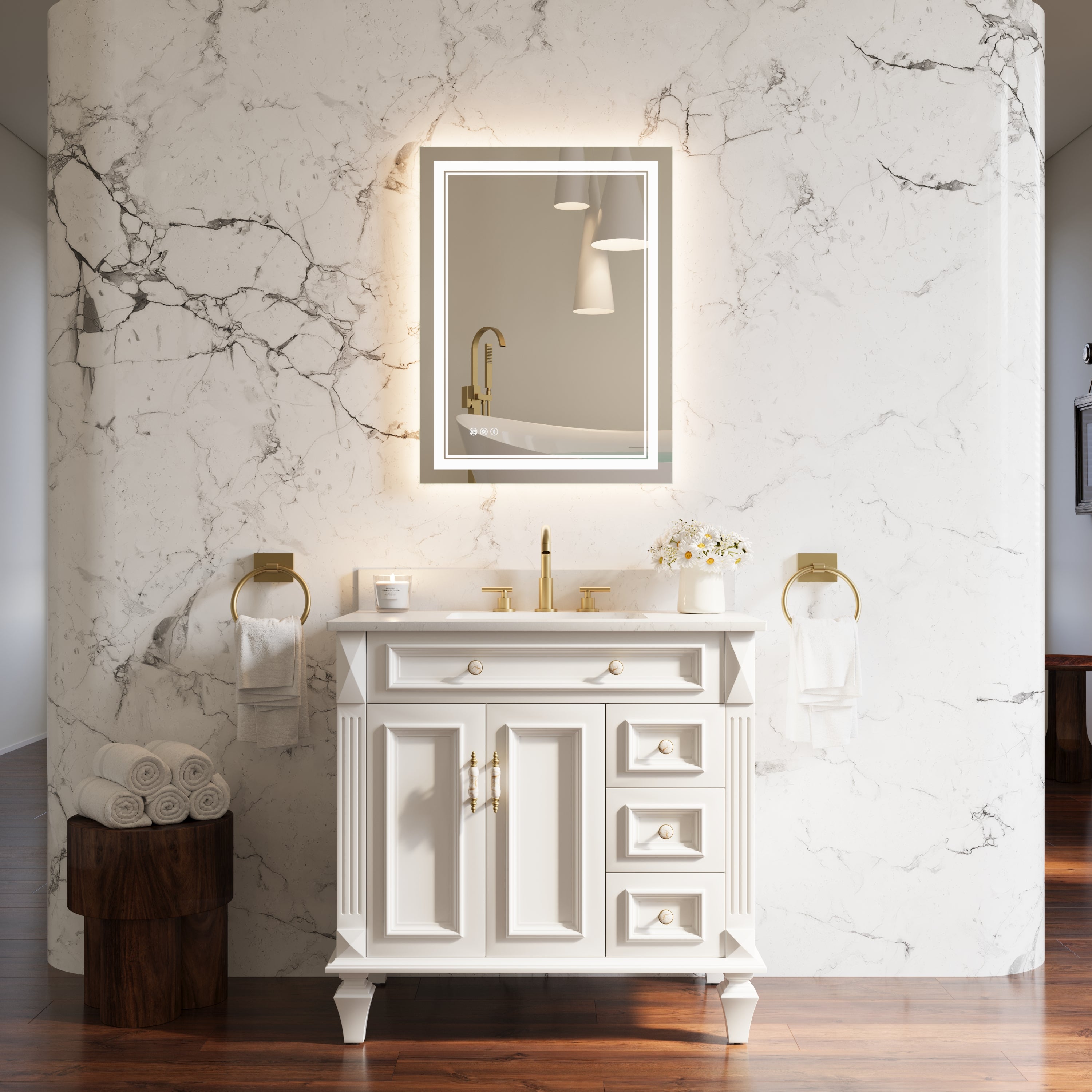
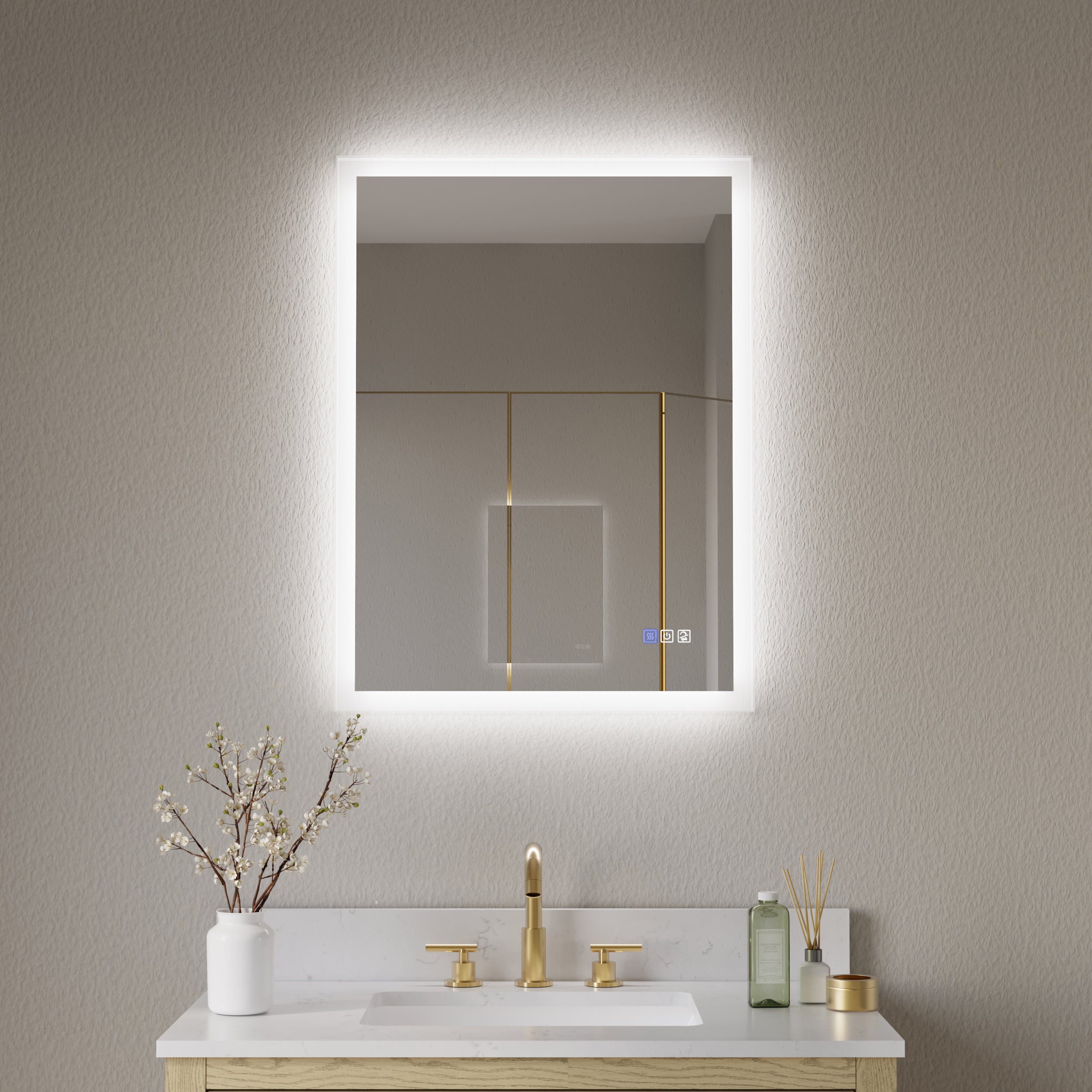

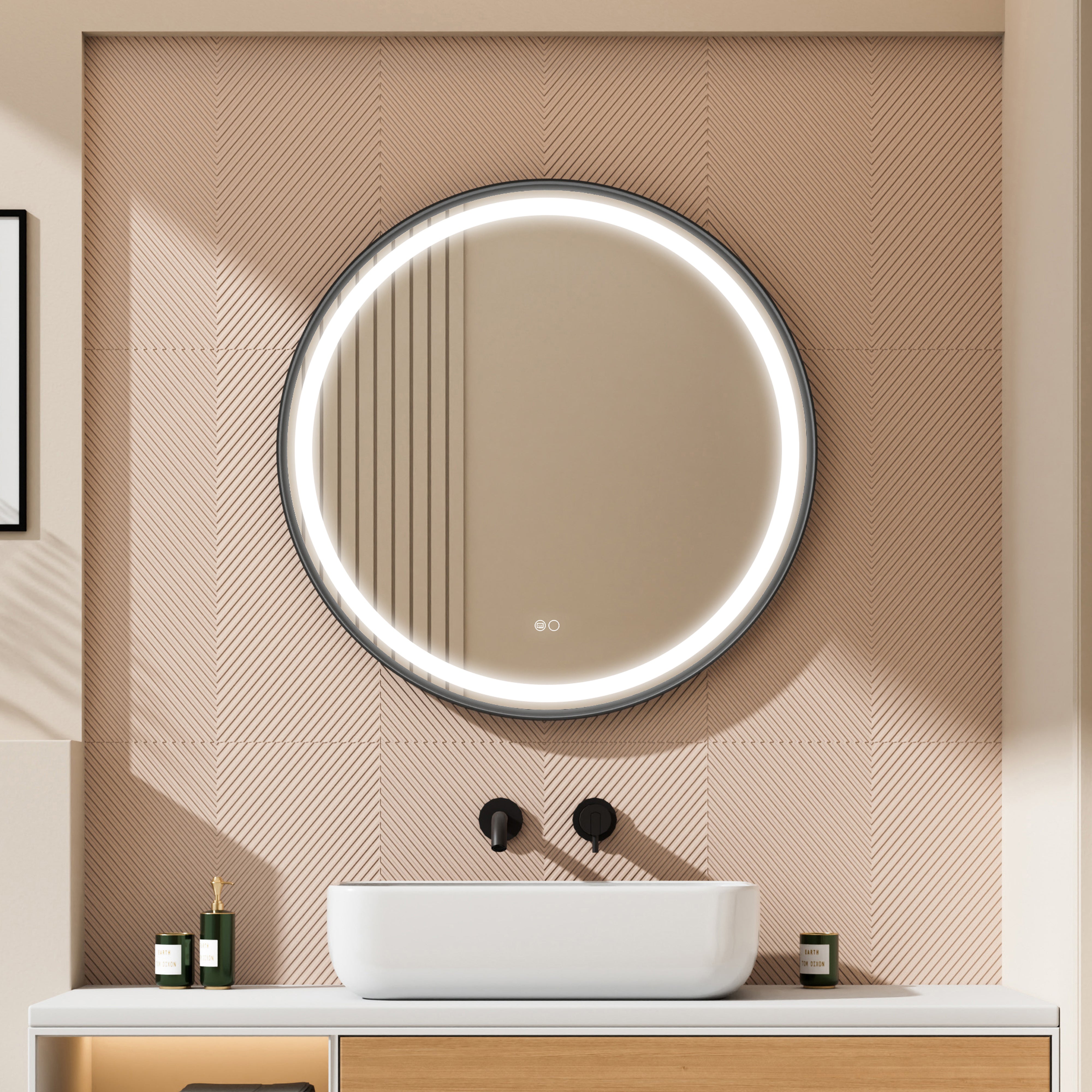
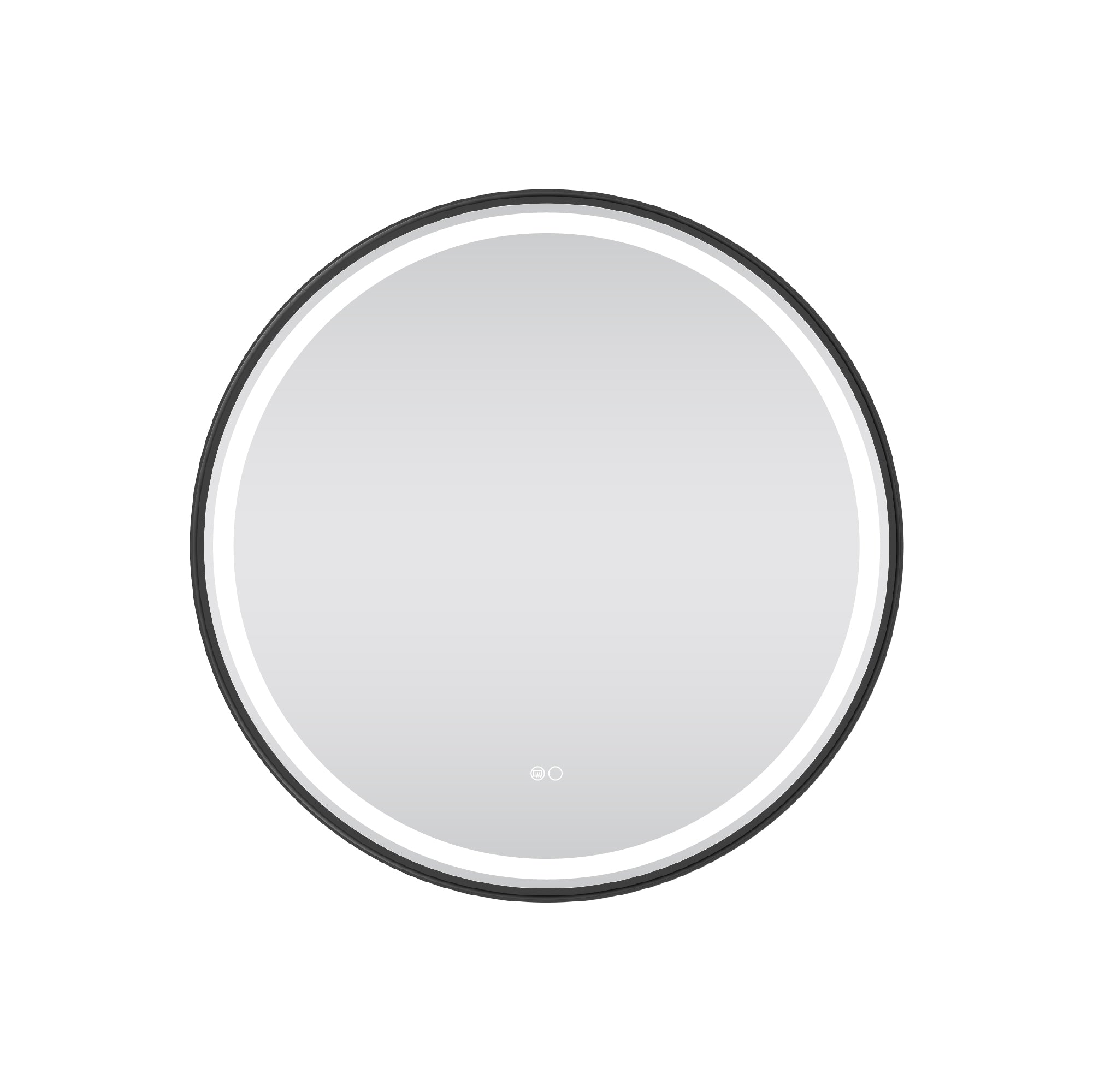


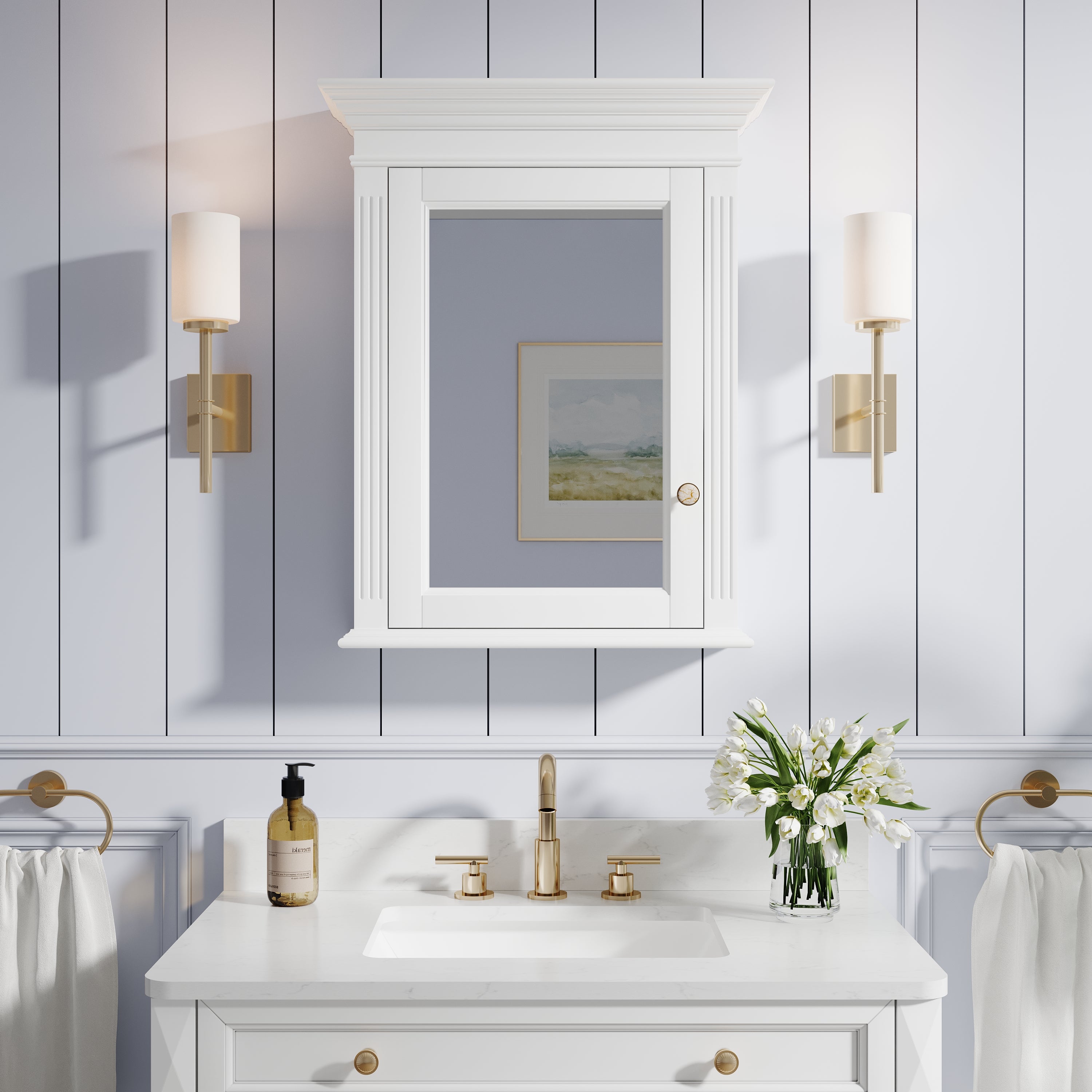
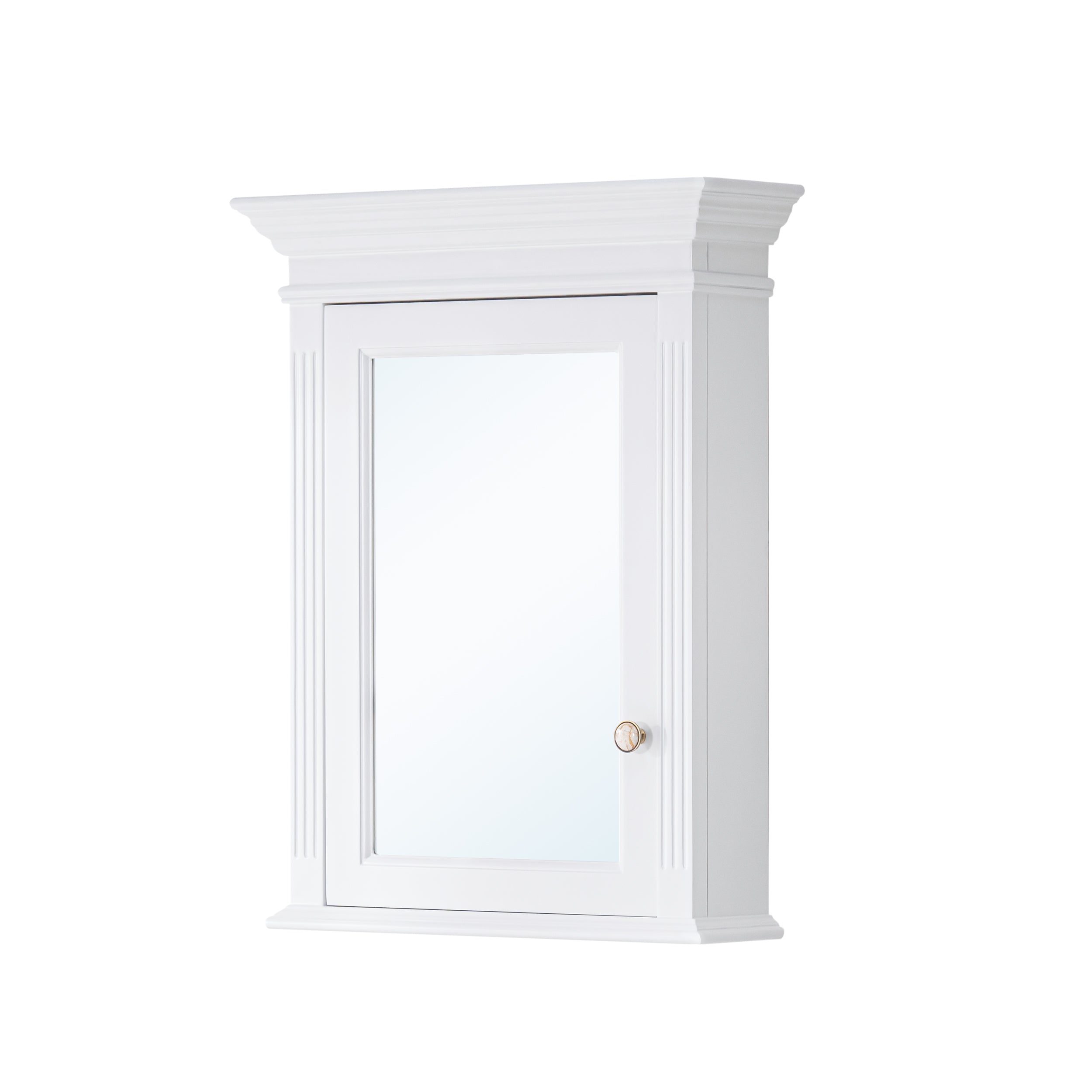
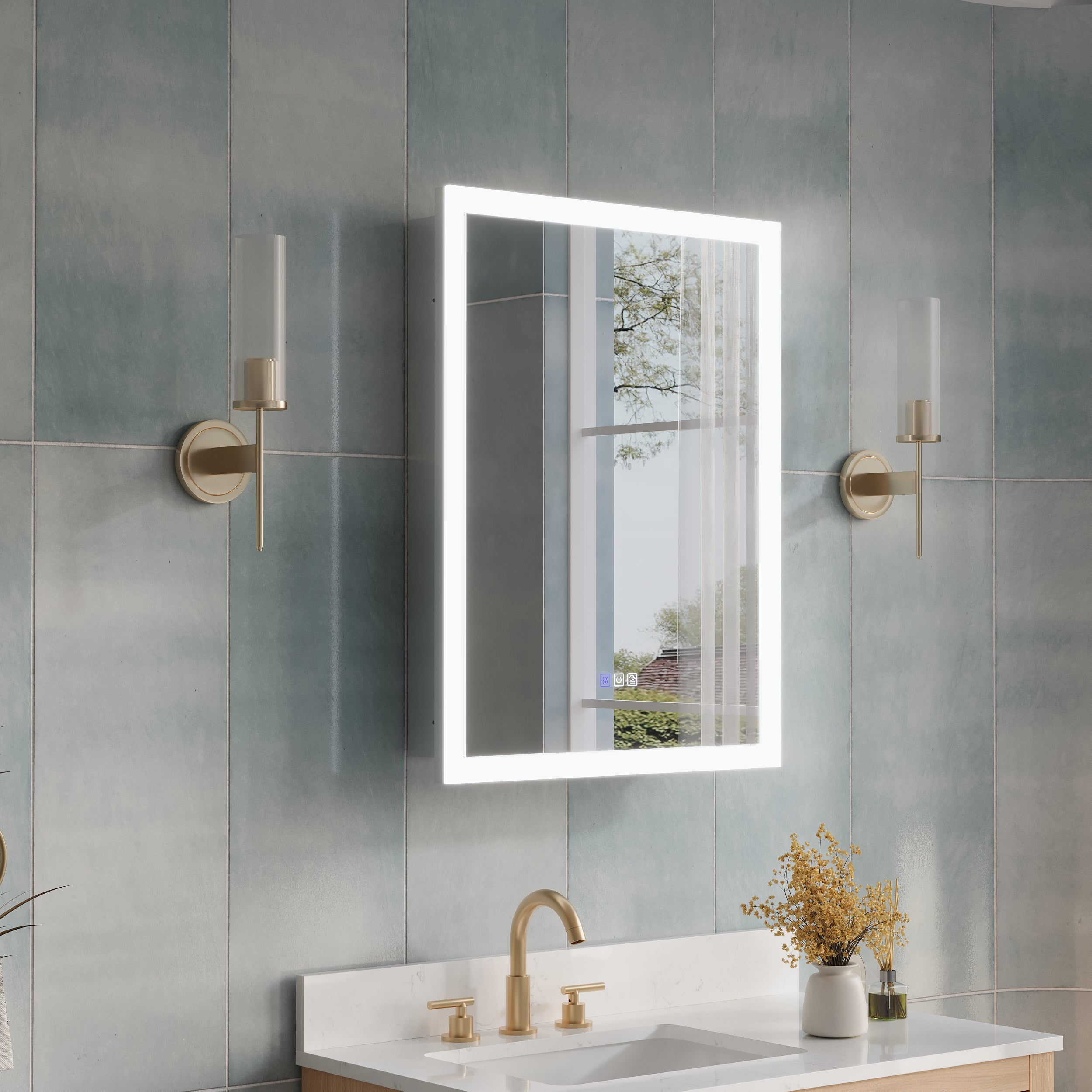

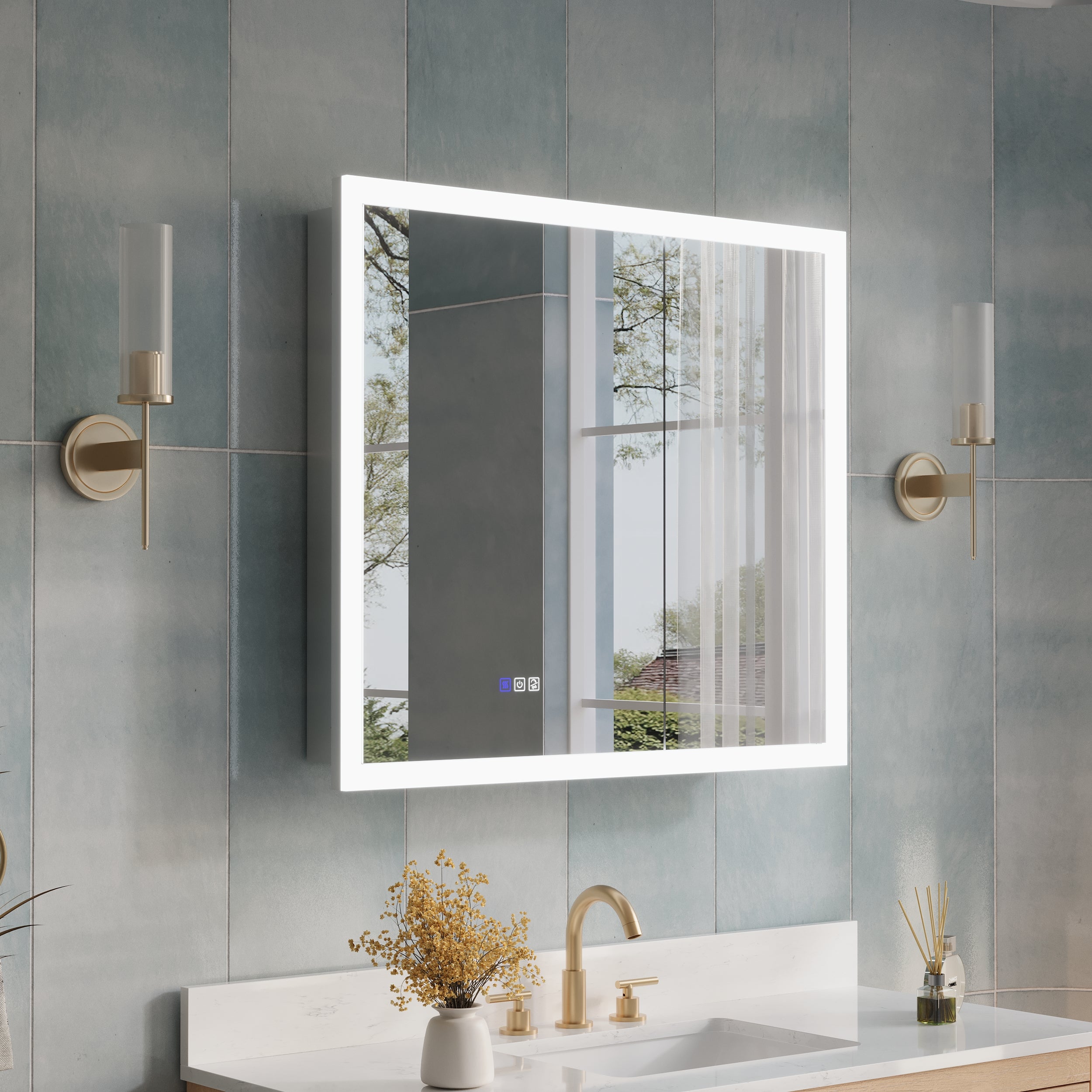




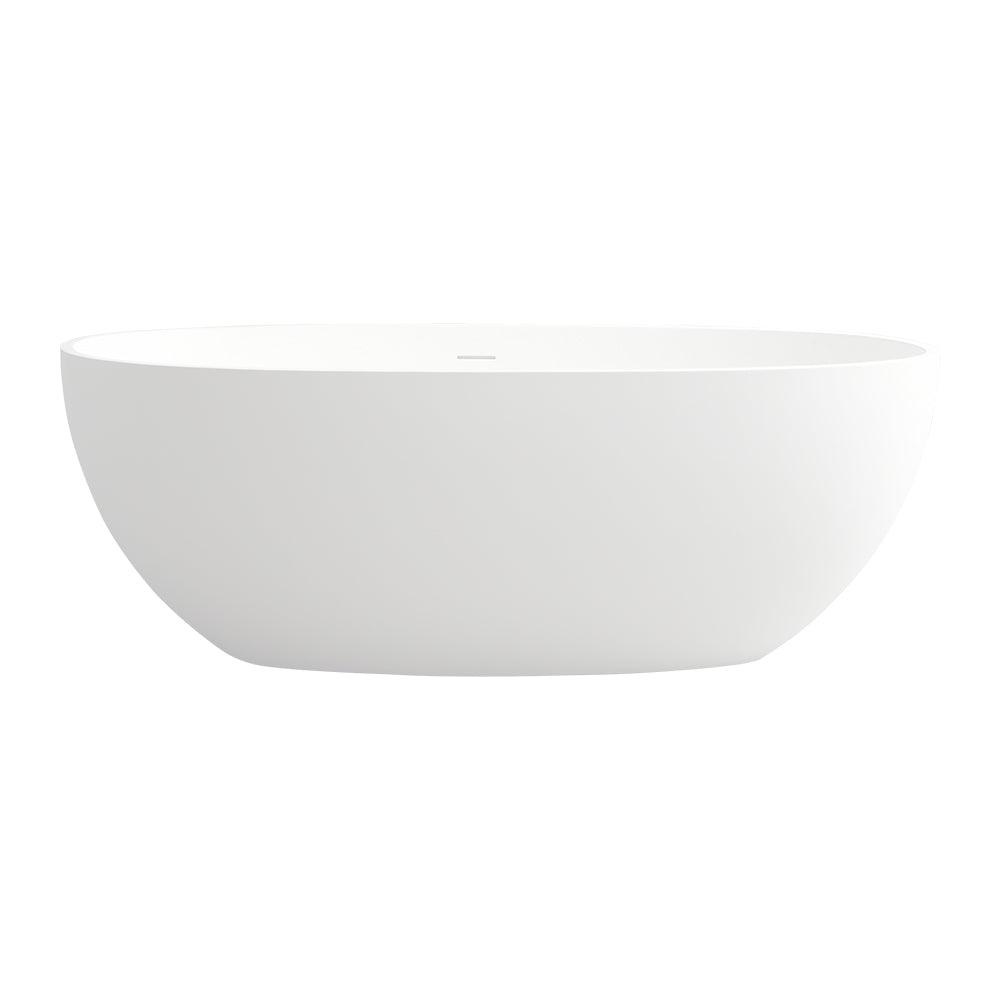
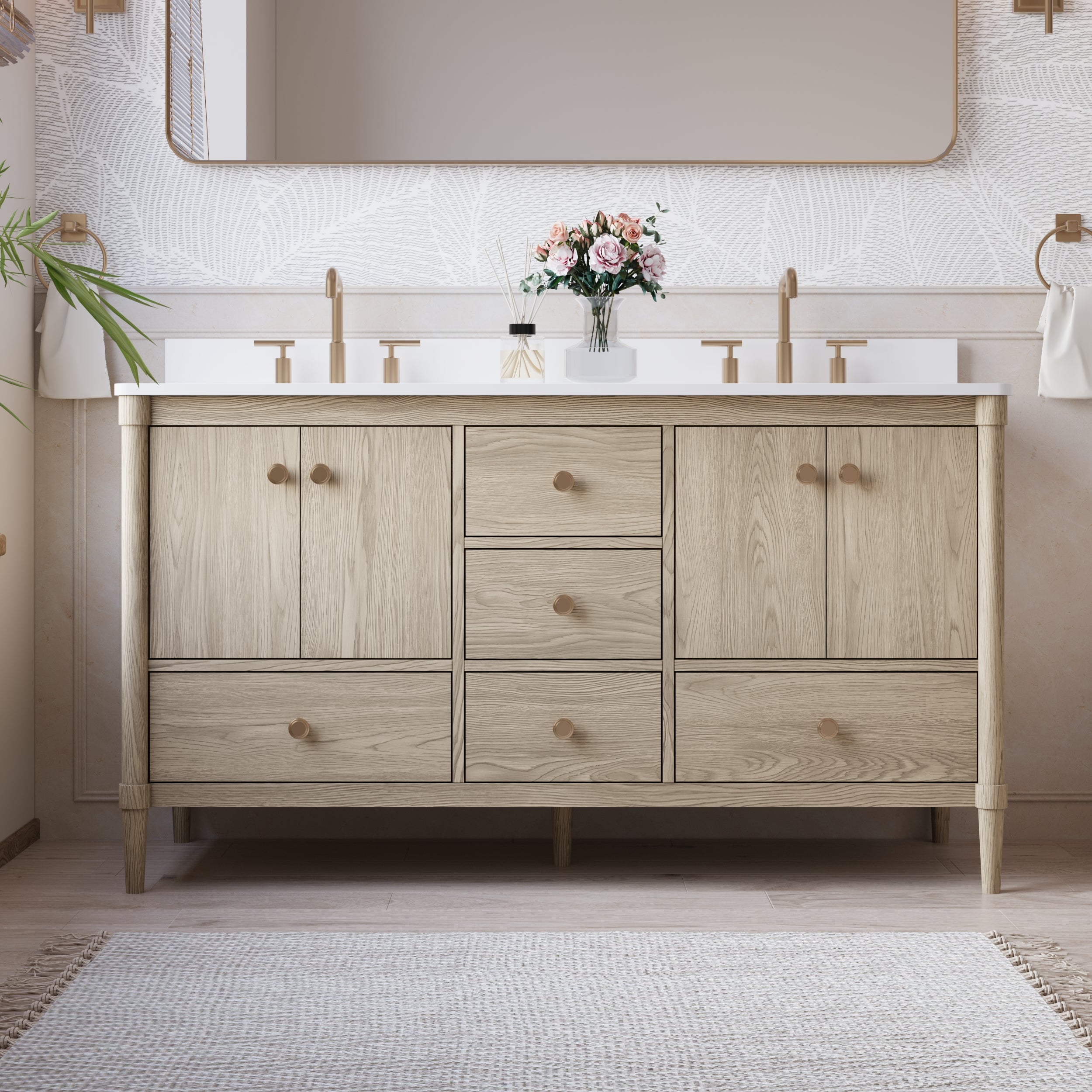
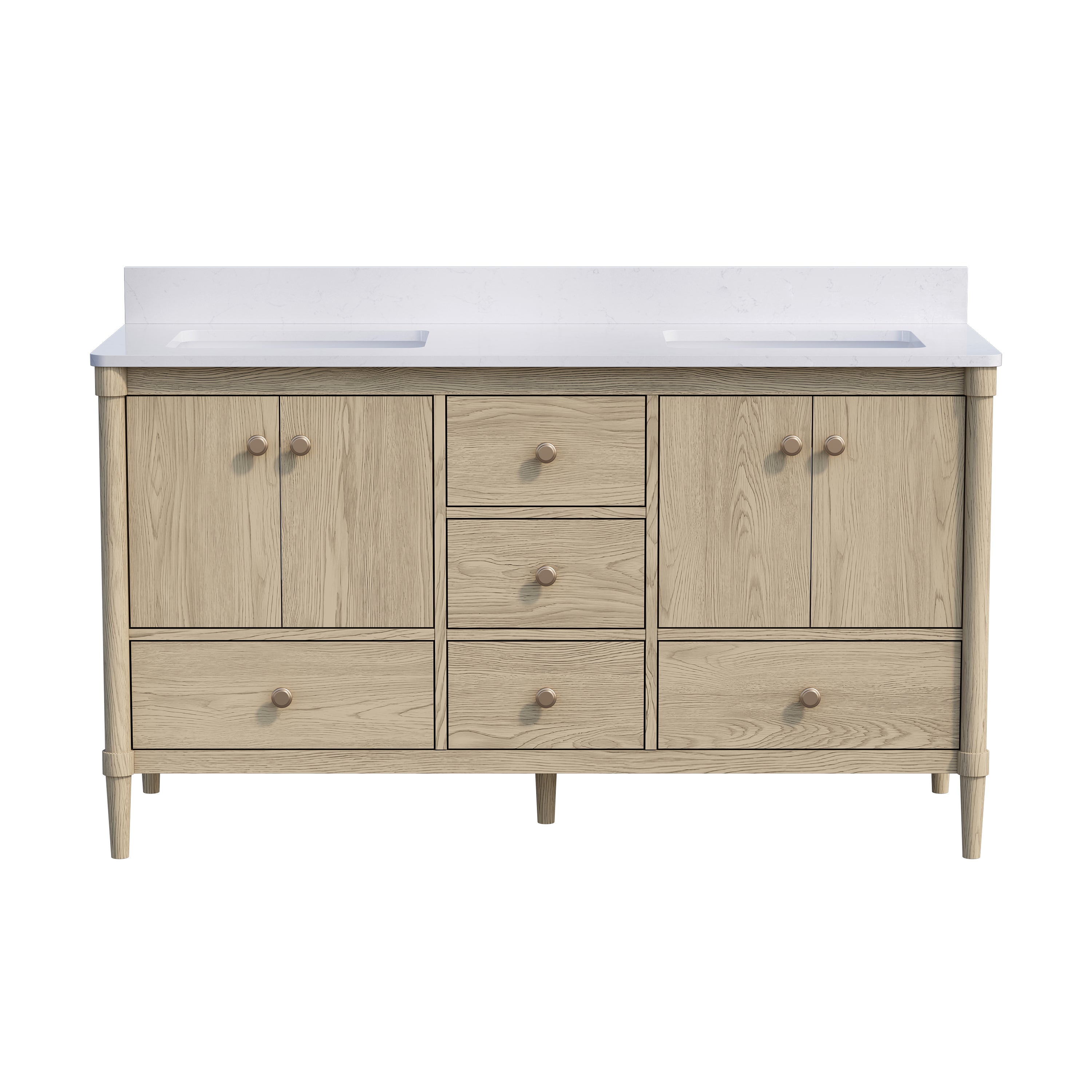
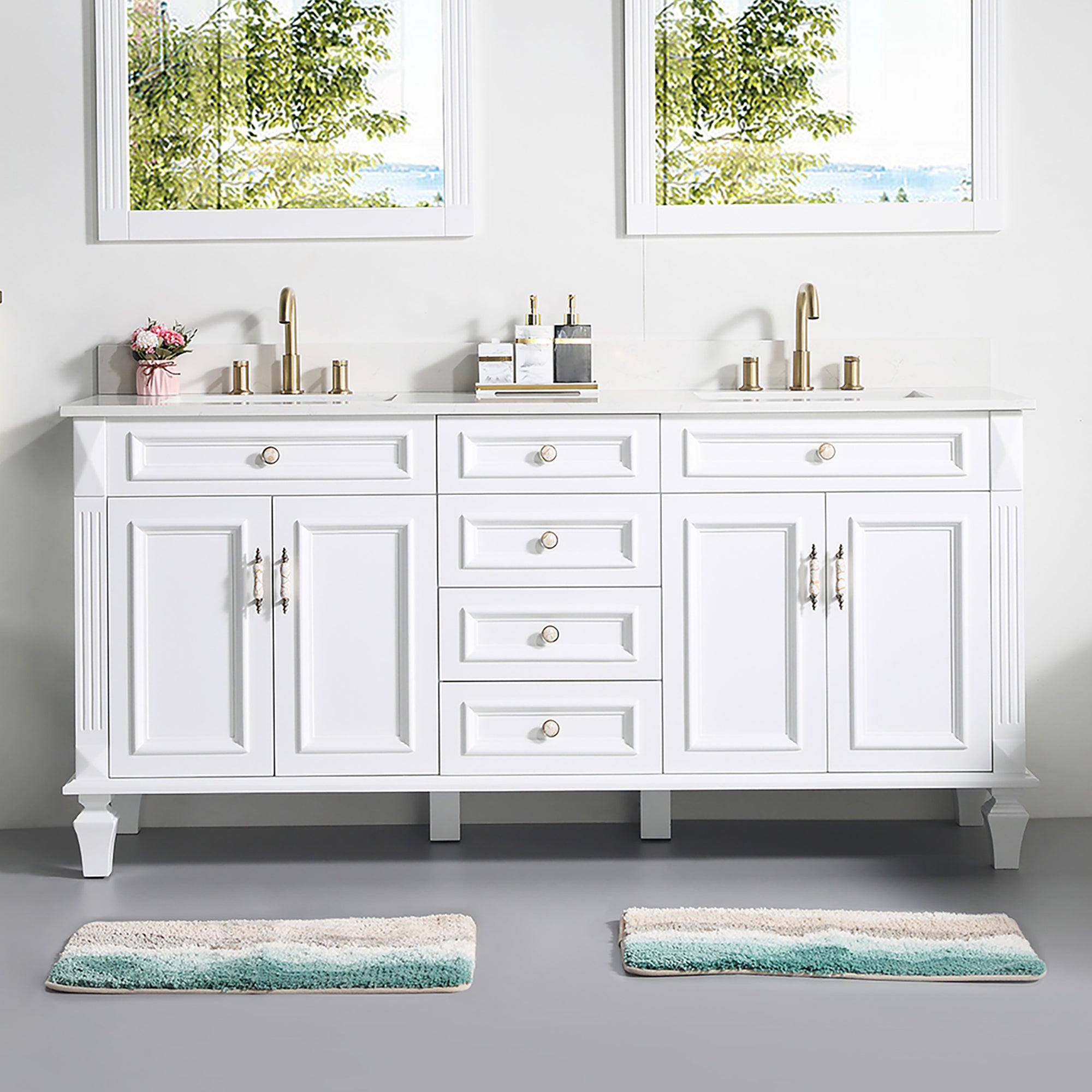

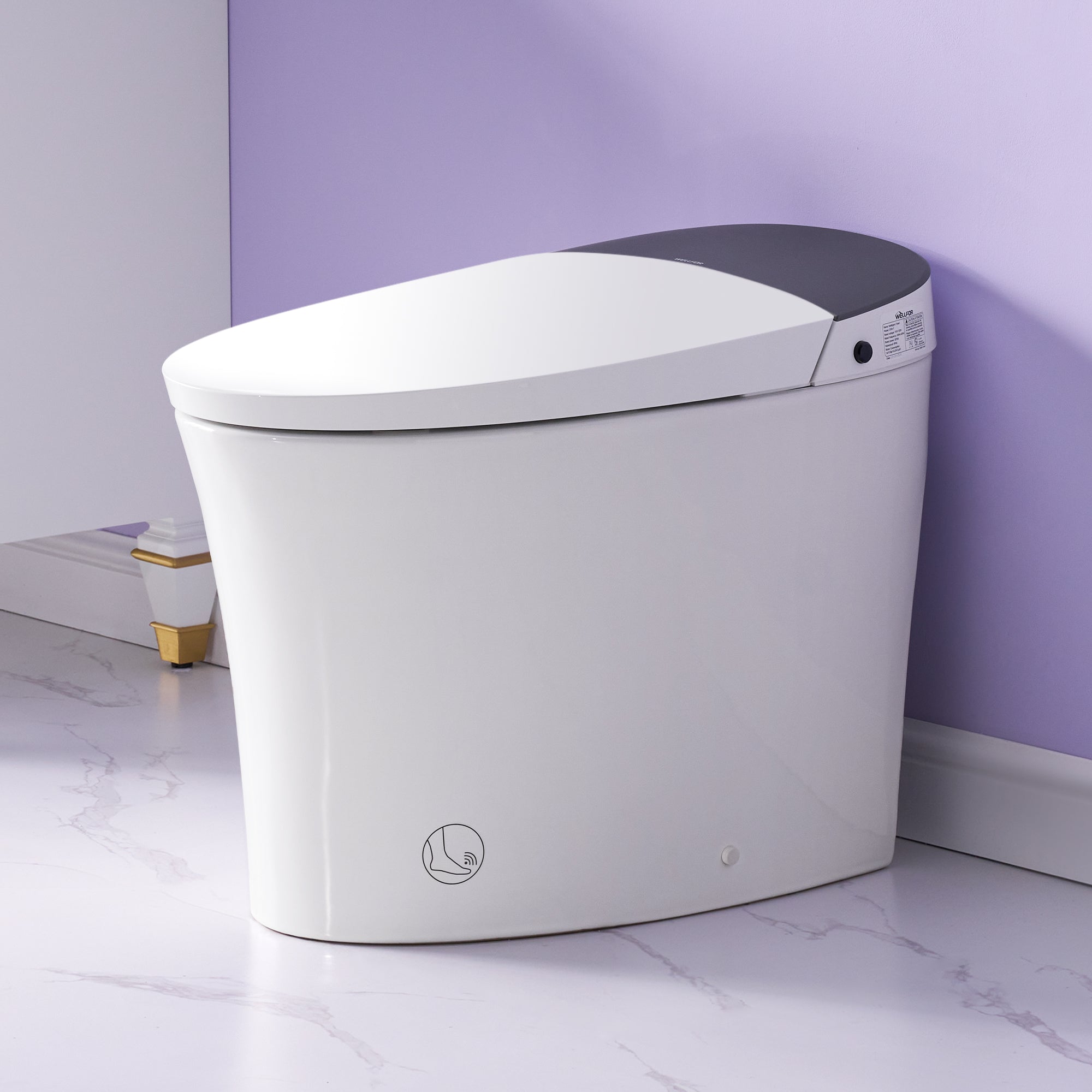
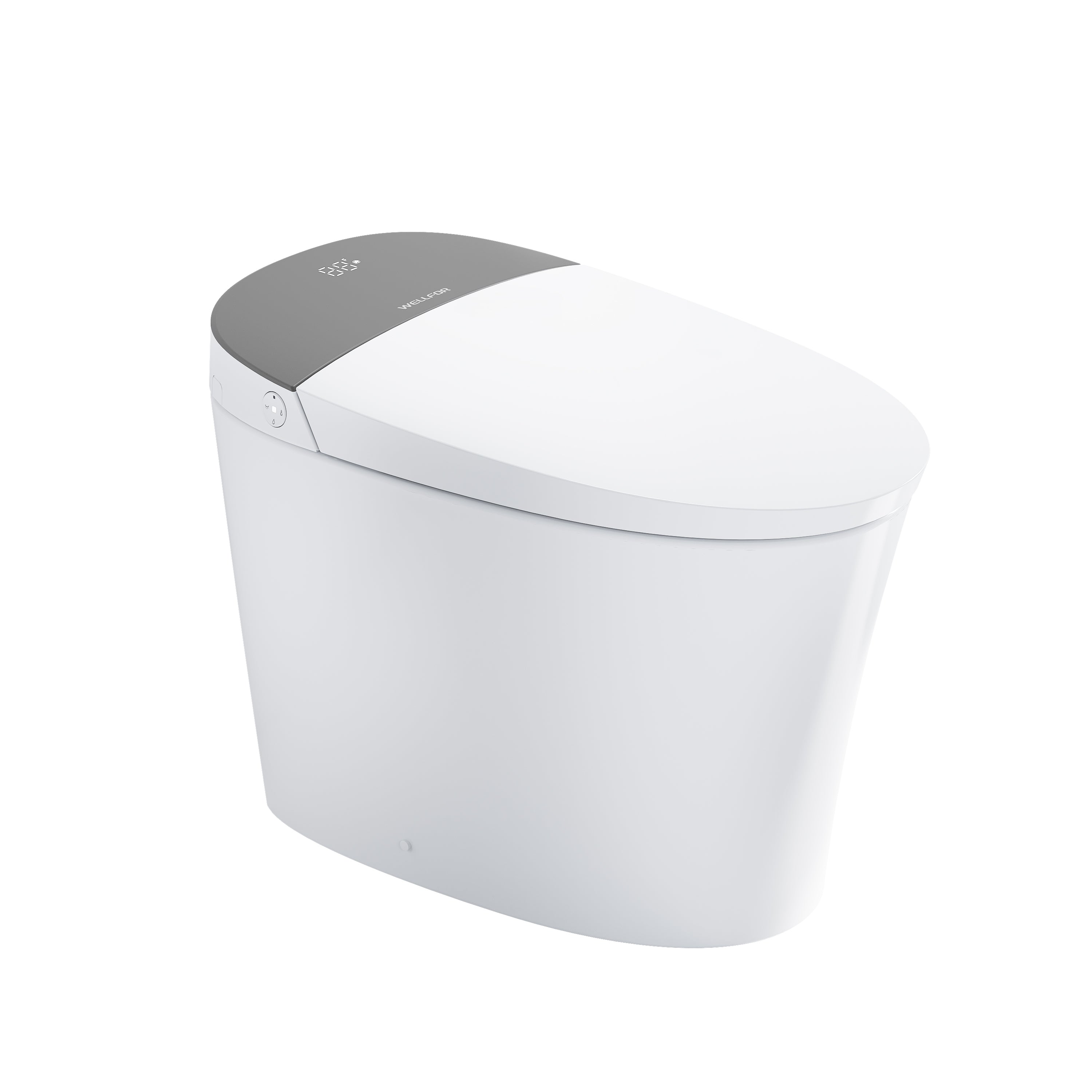

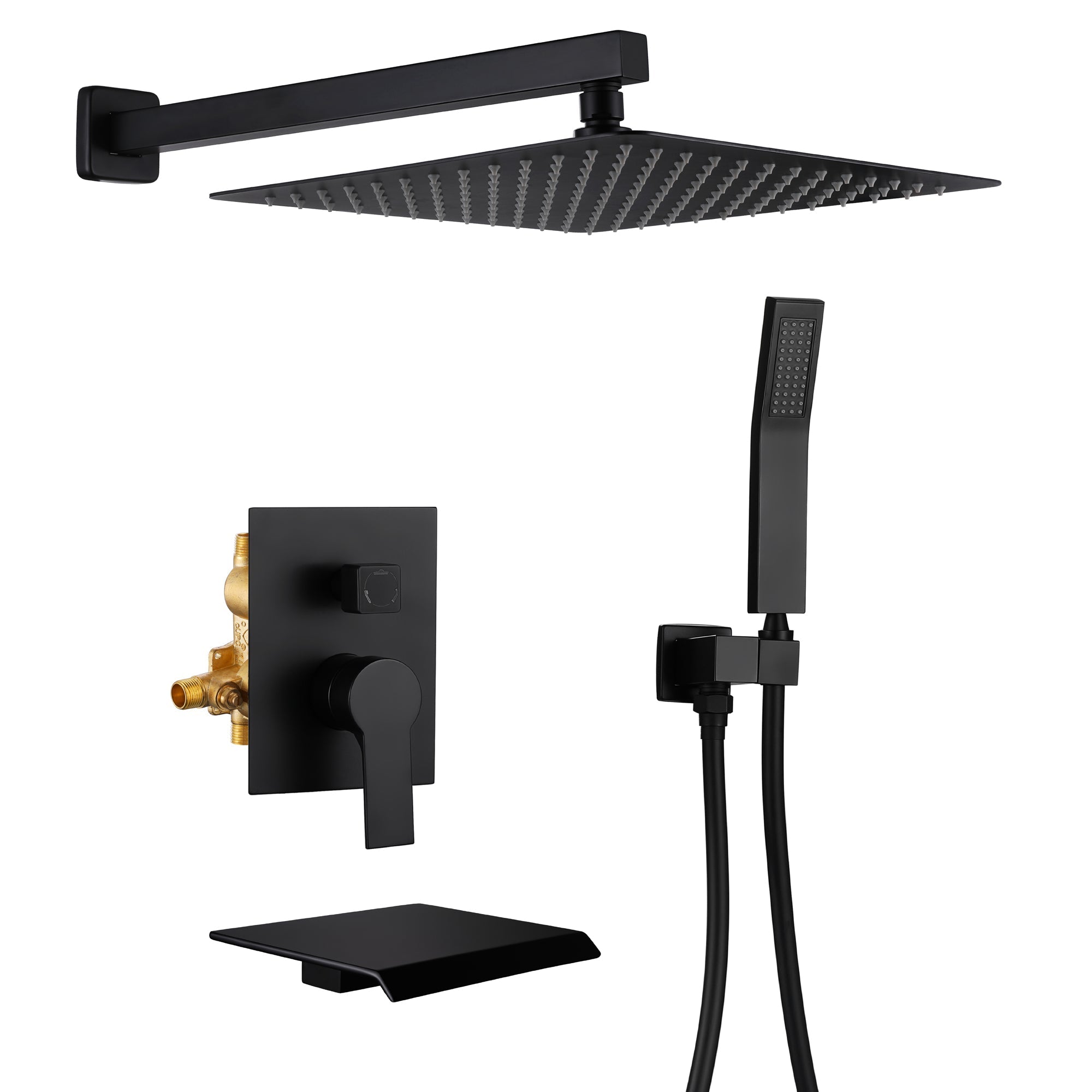
Leave a comment
This site is protected by hCaptcha and the hCaptcha Privacy Policy and Terms of Service apply.